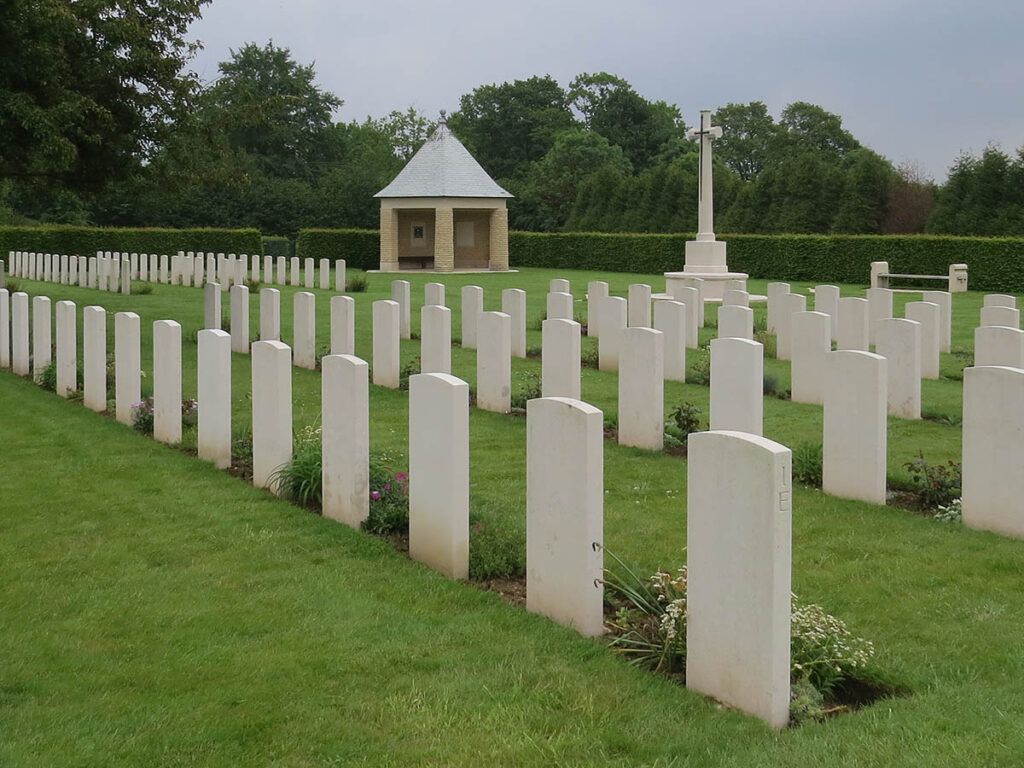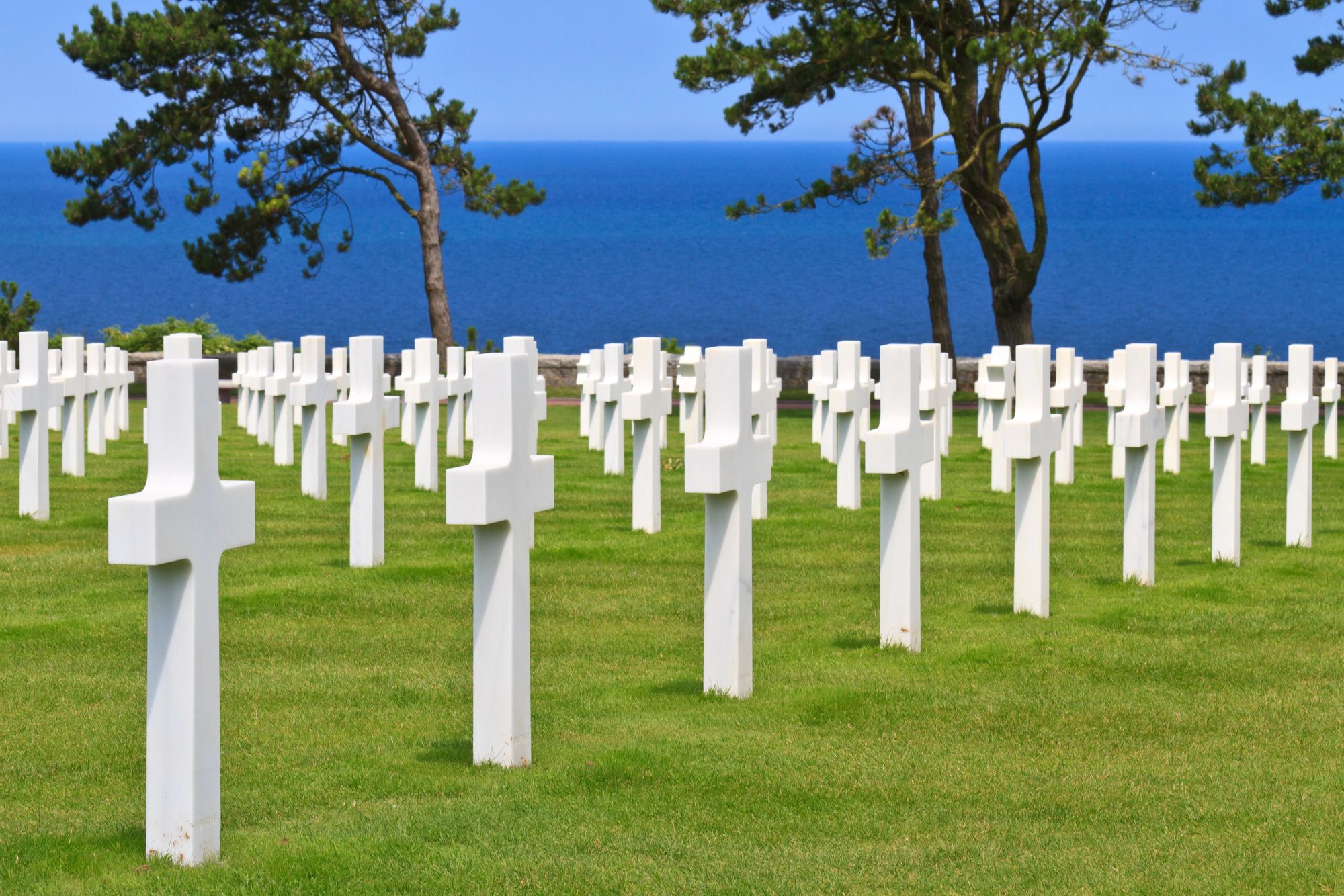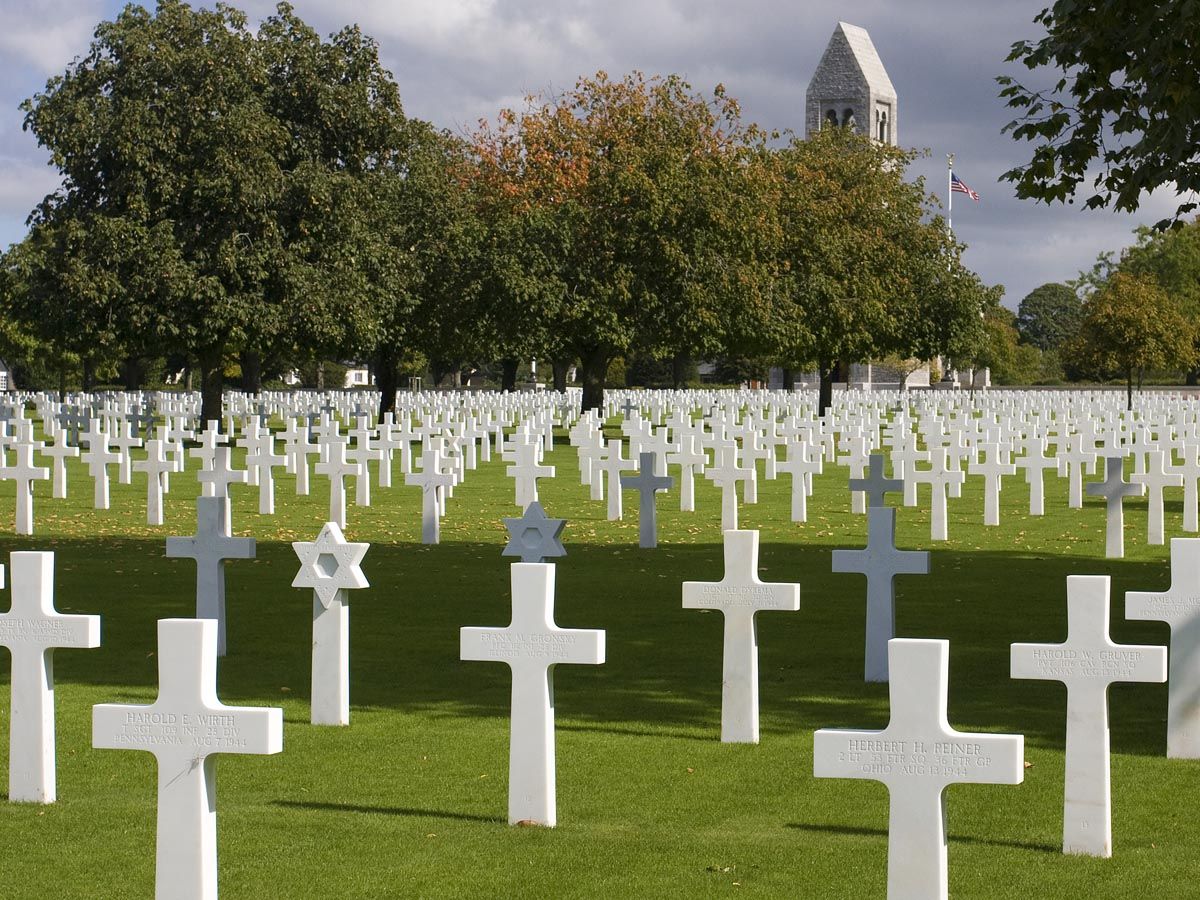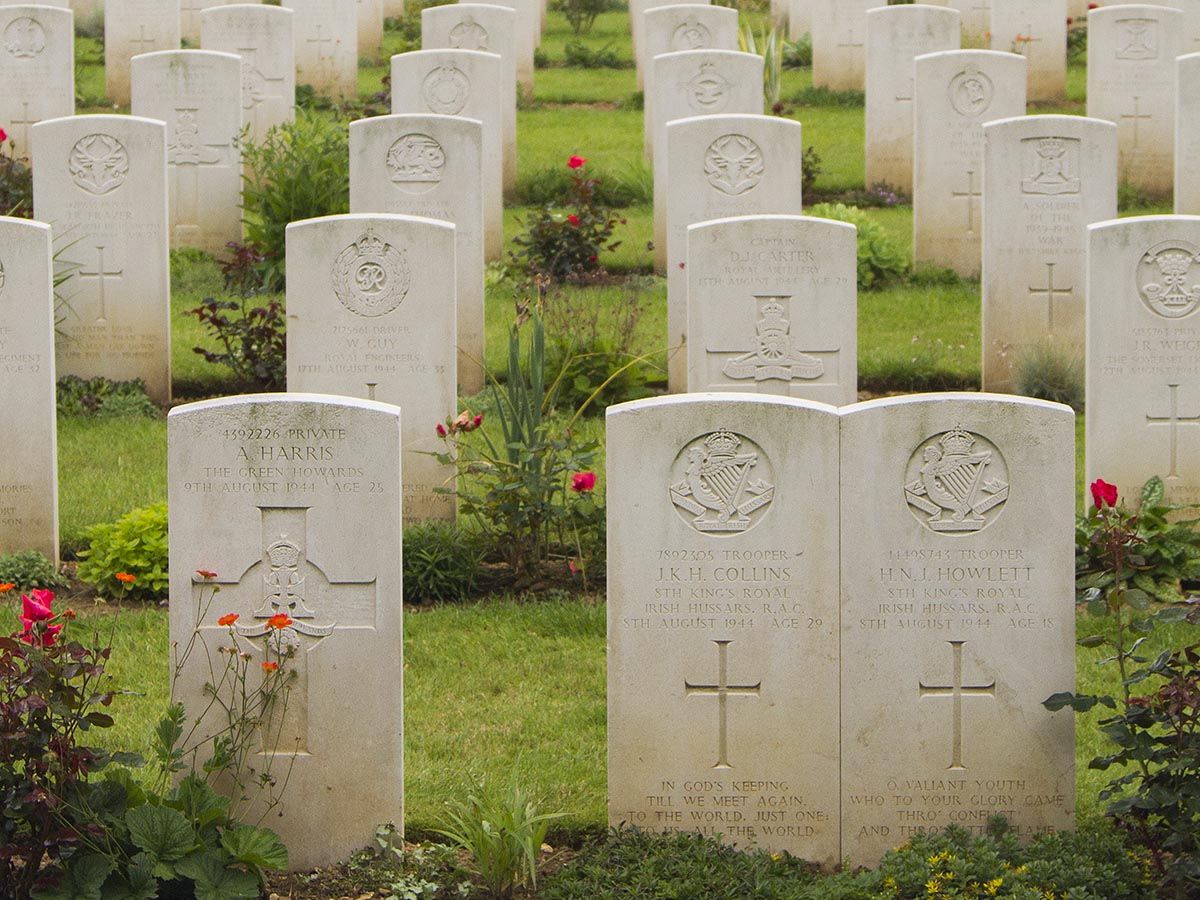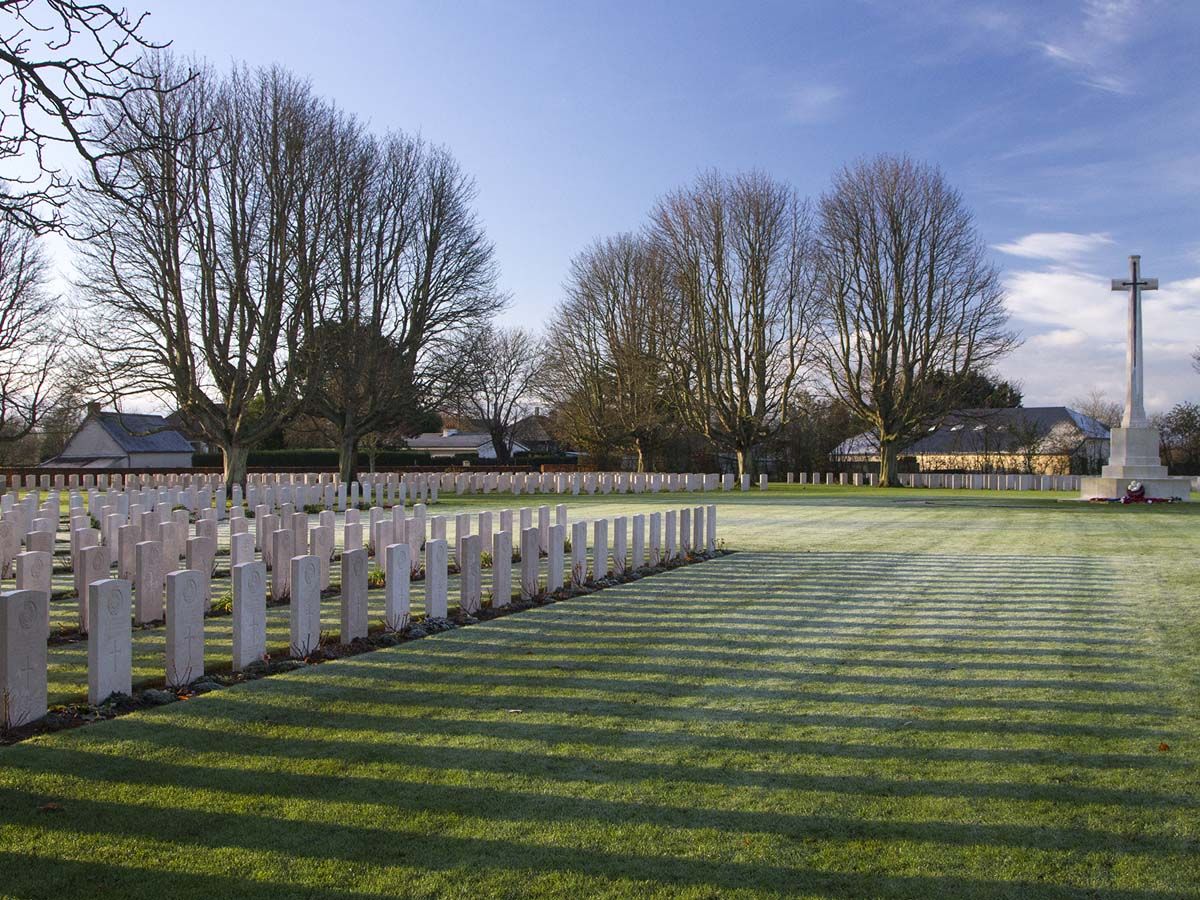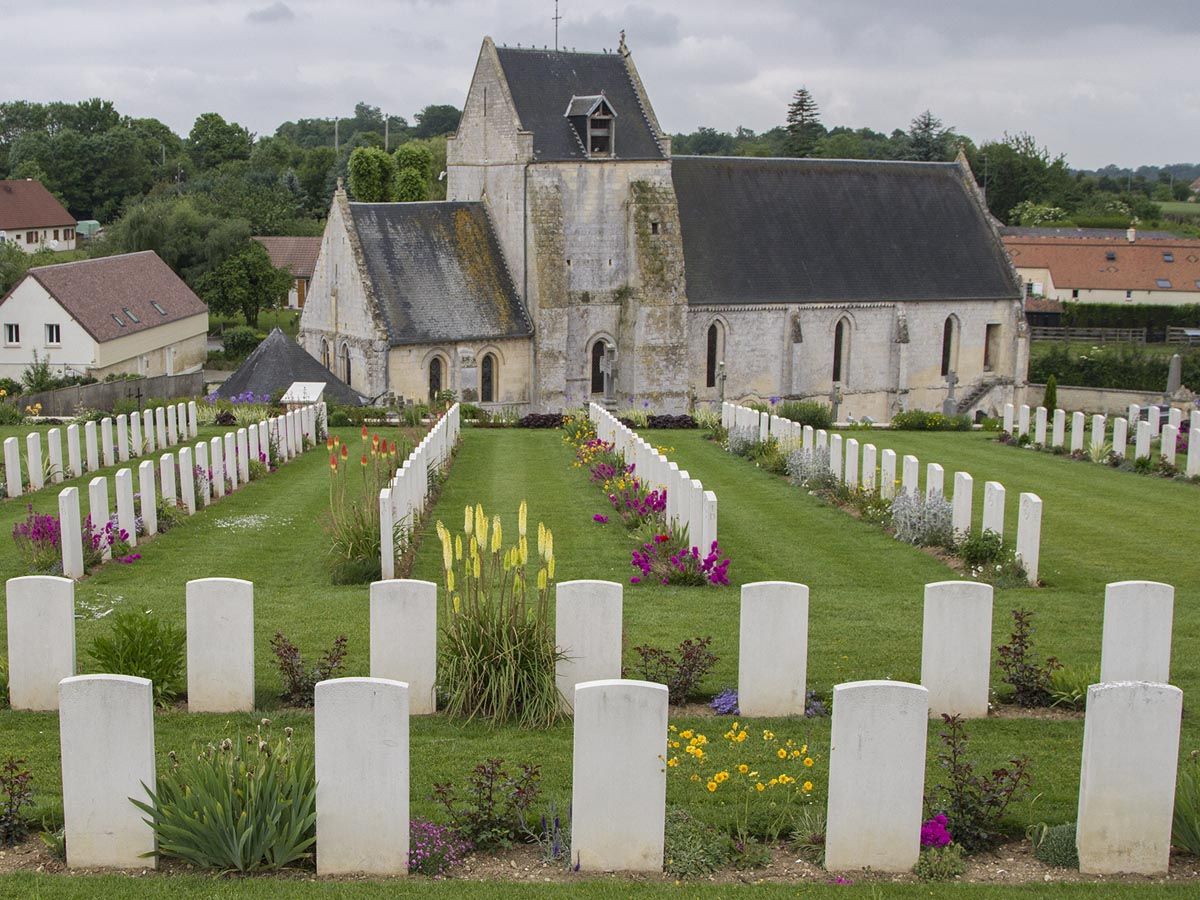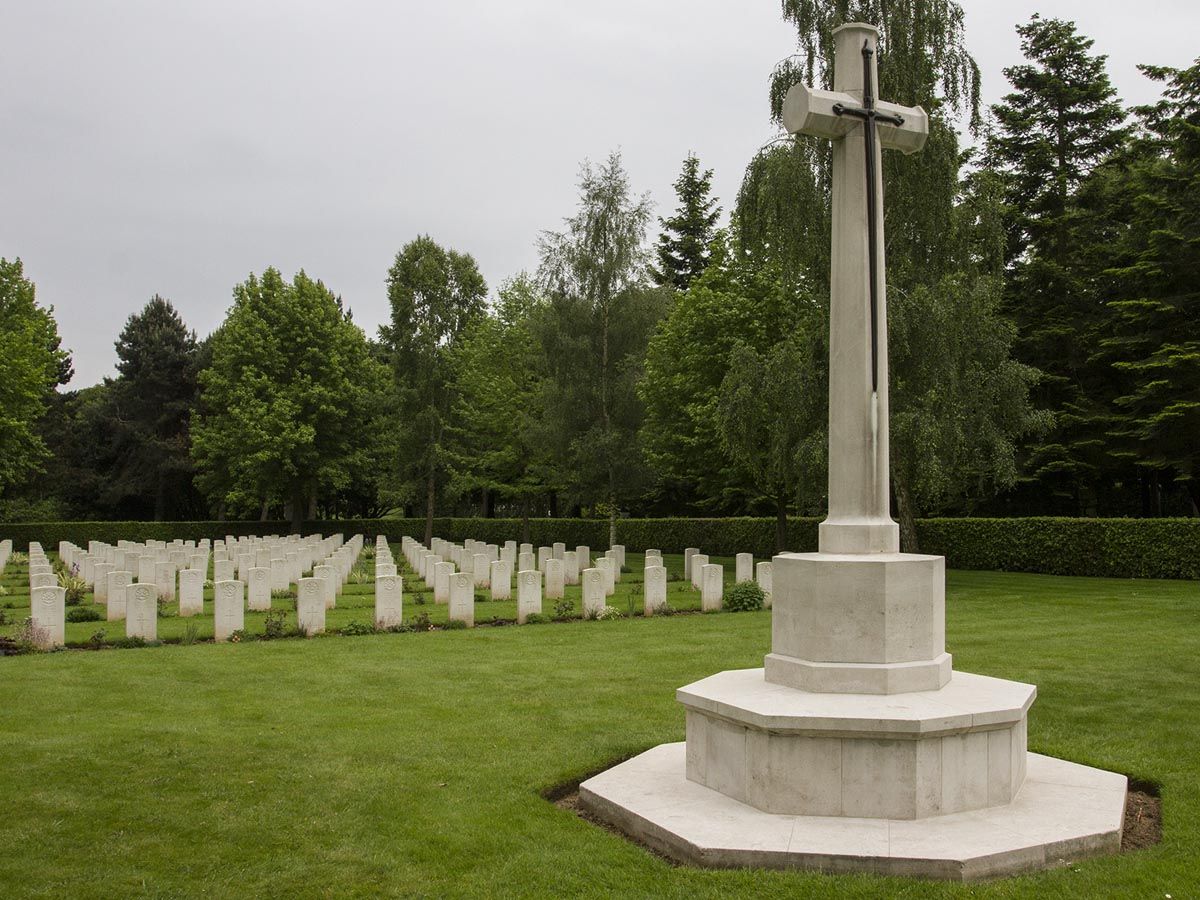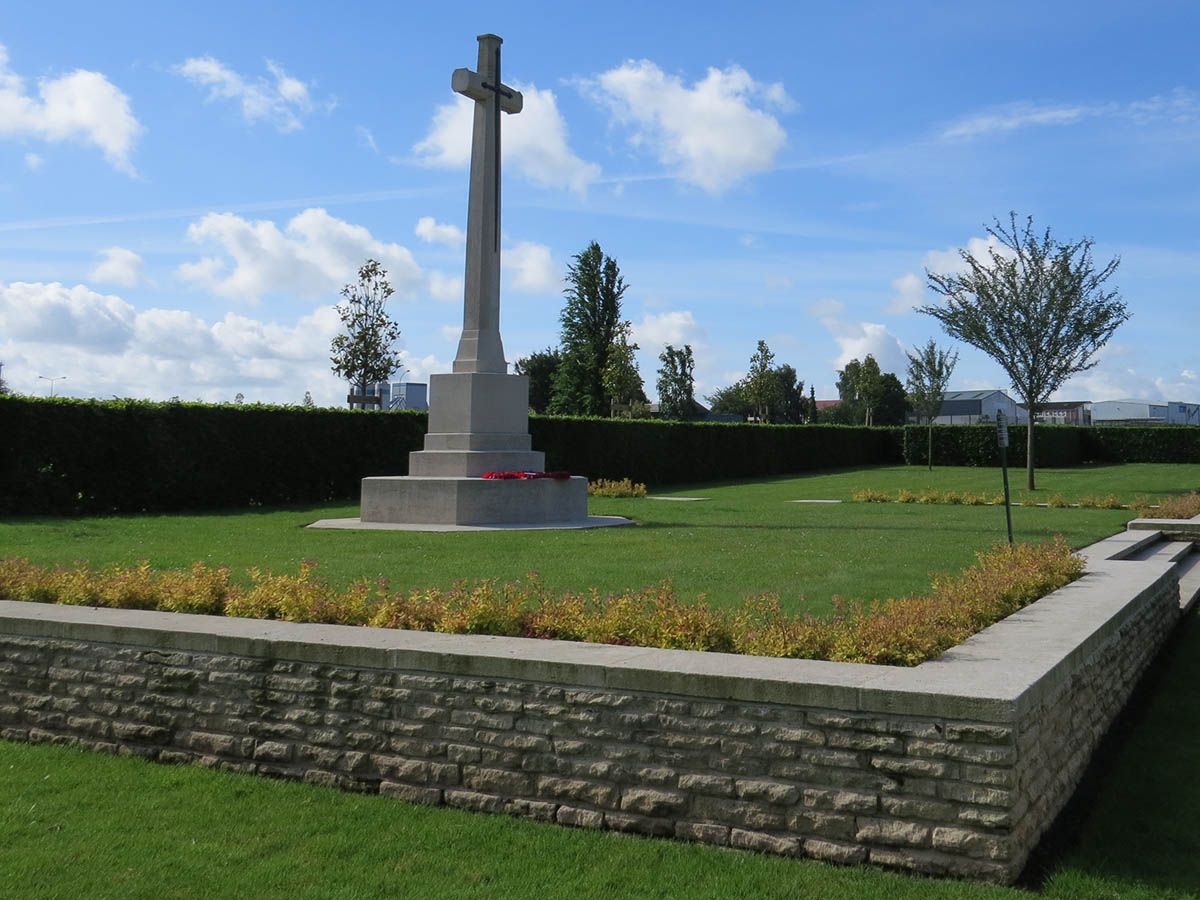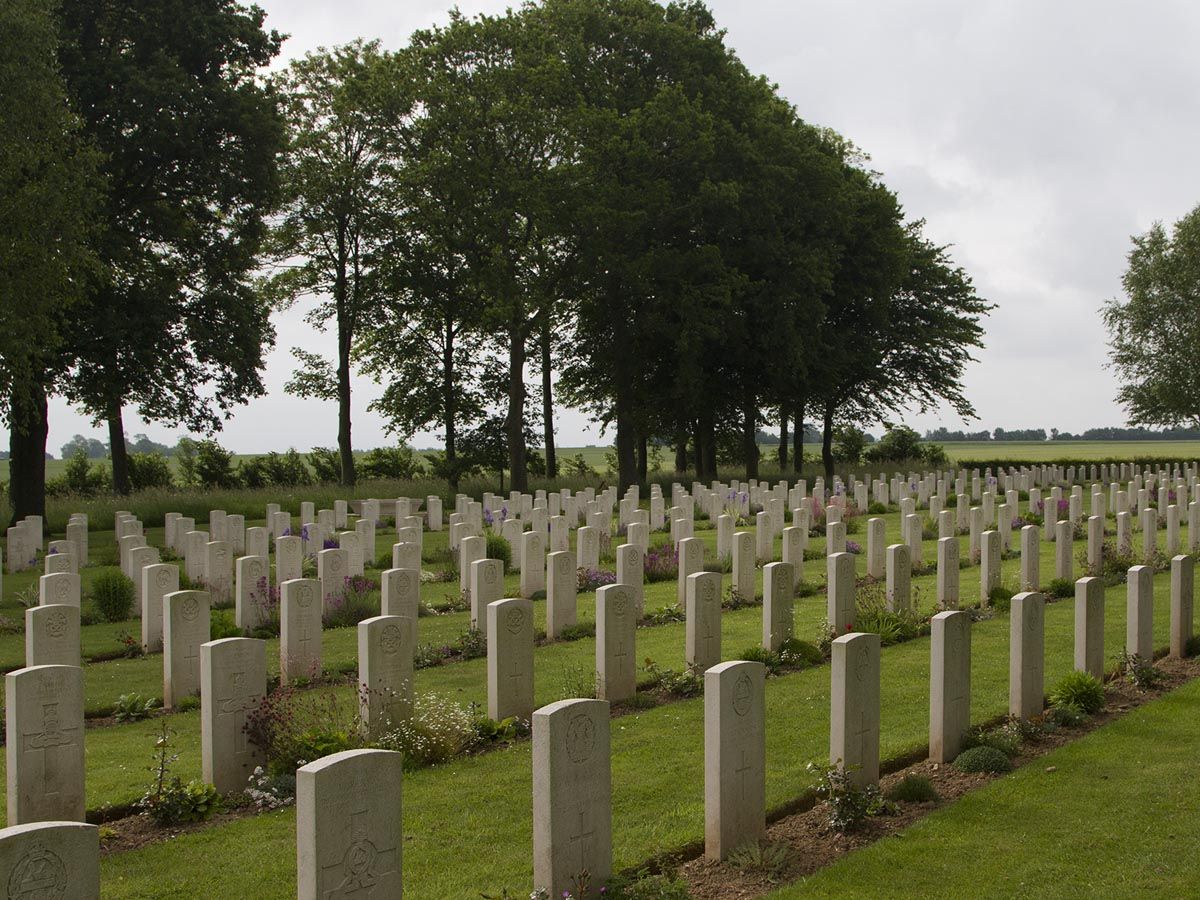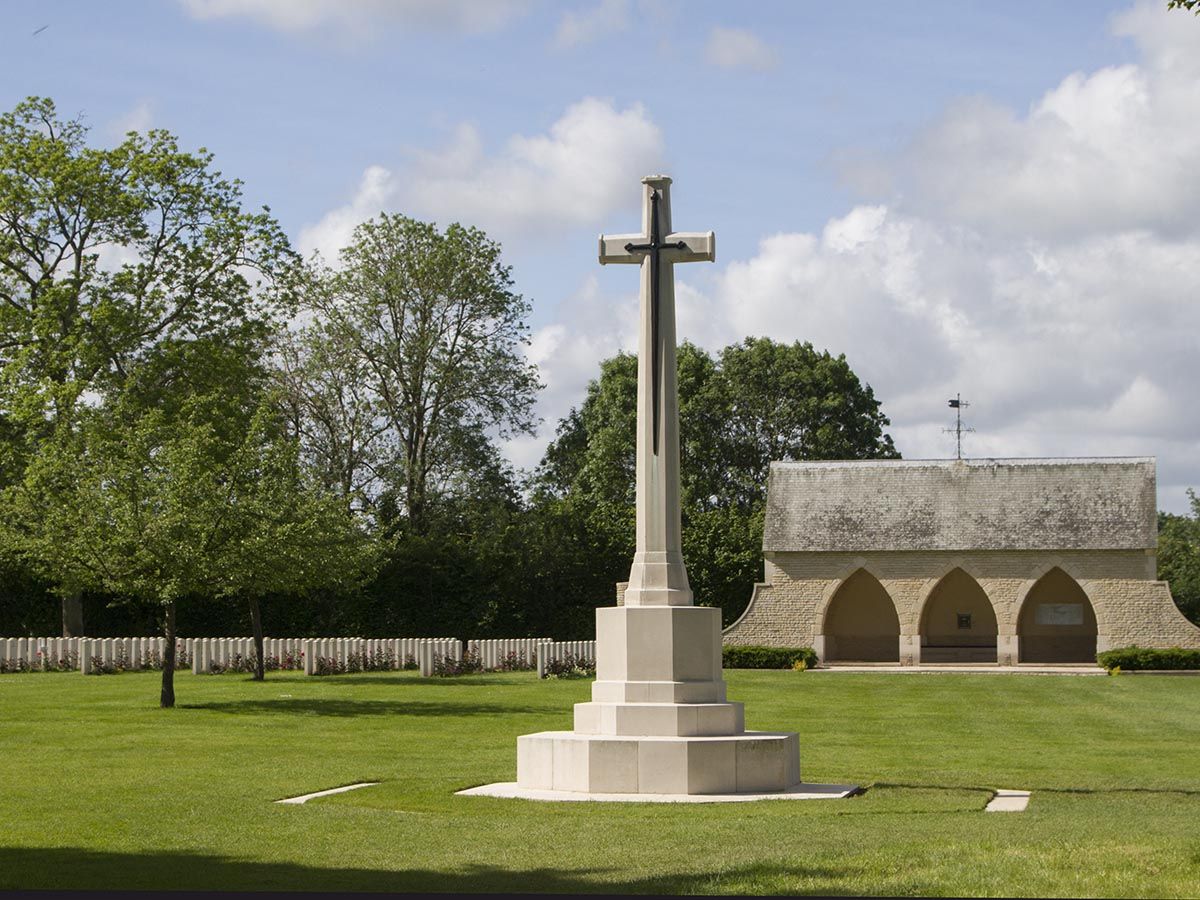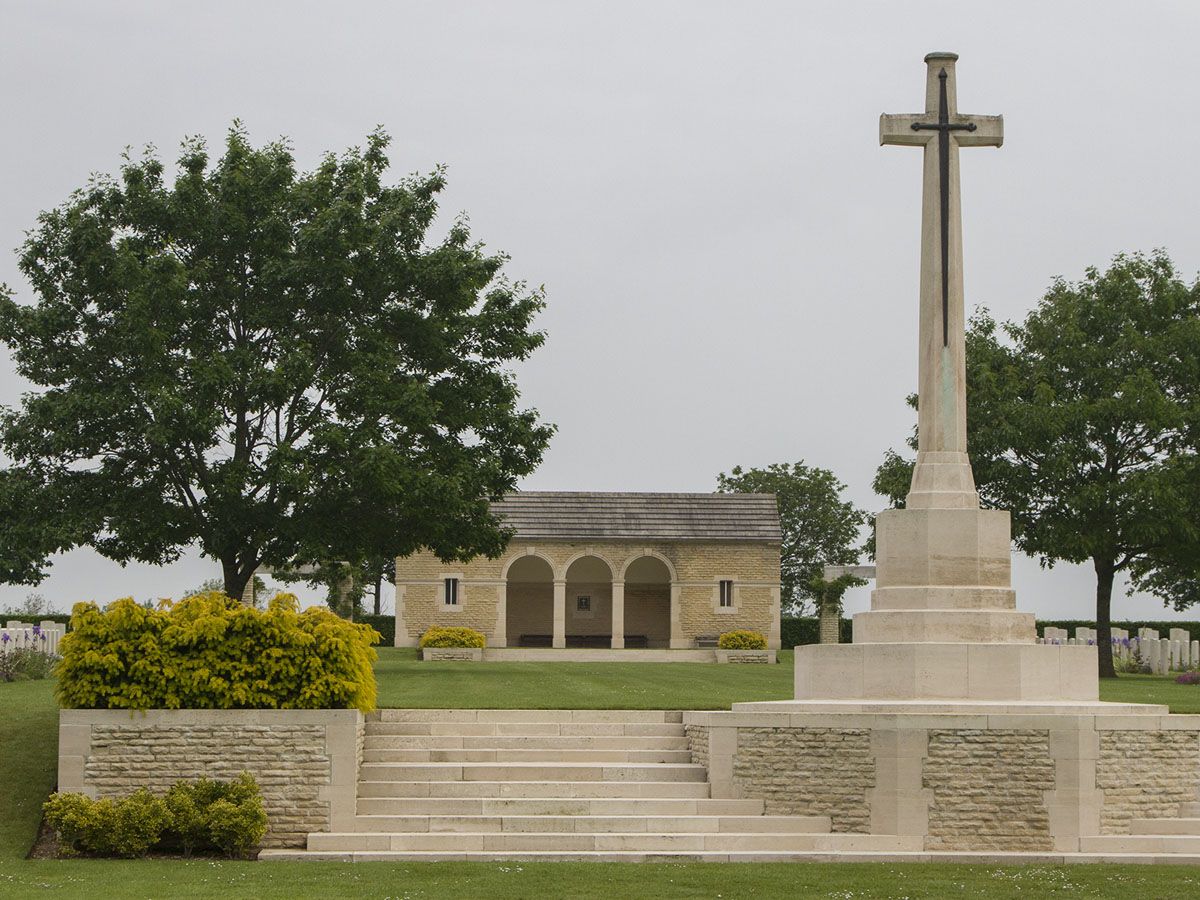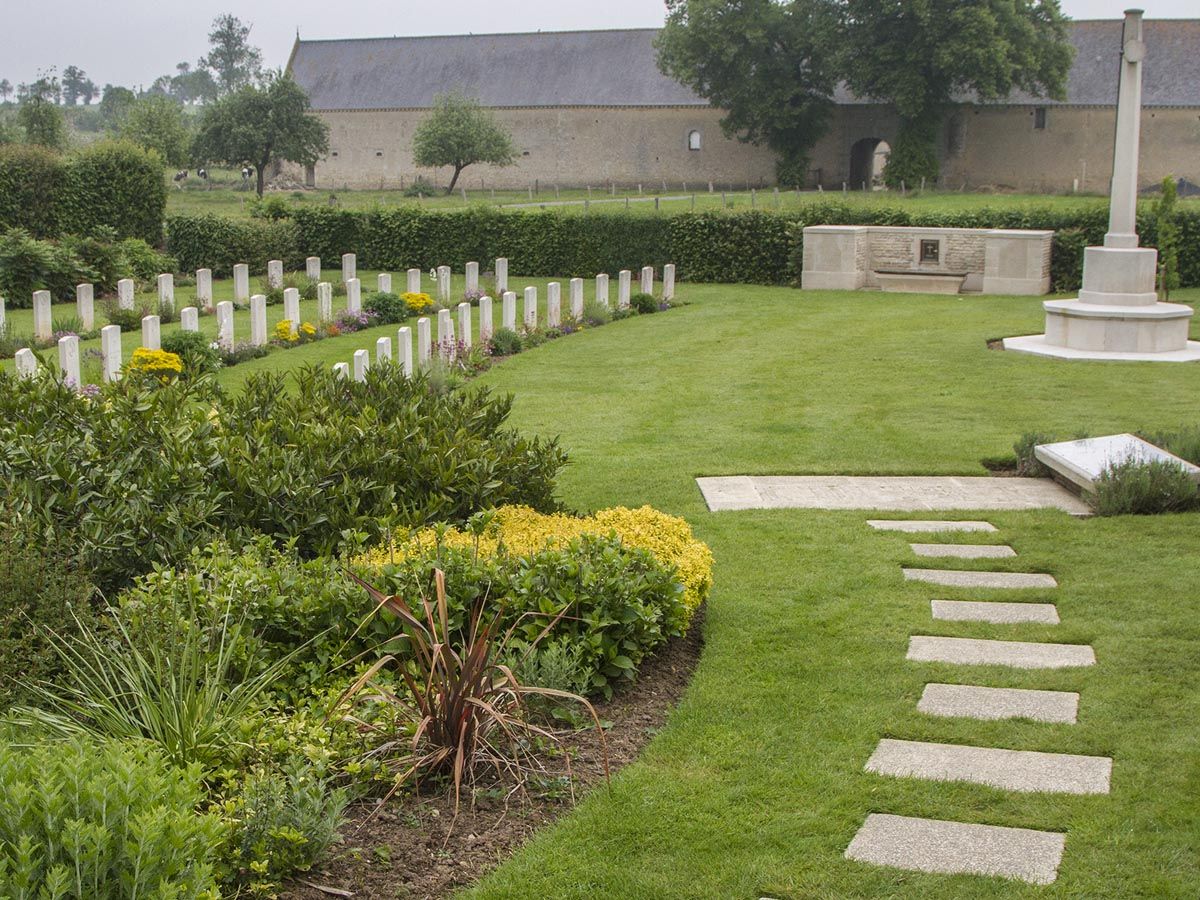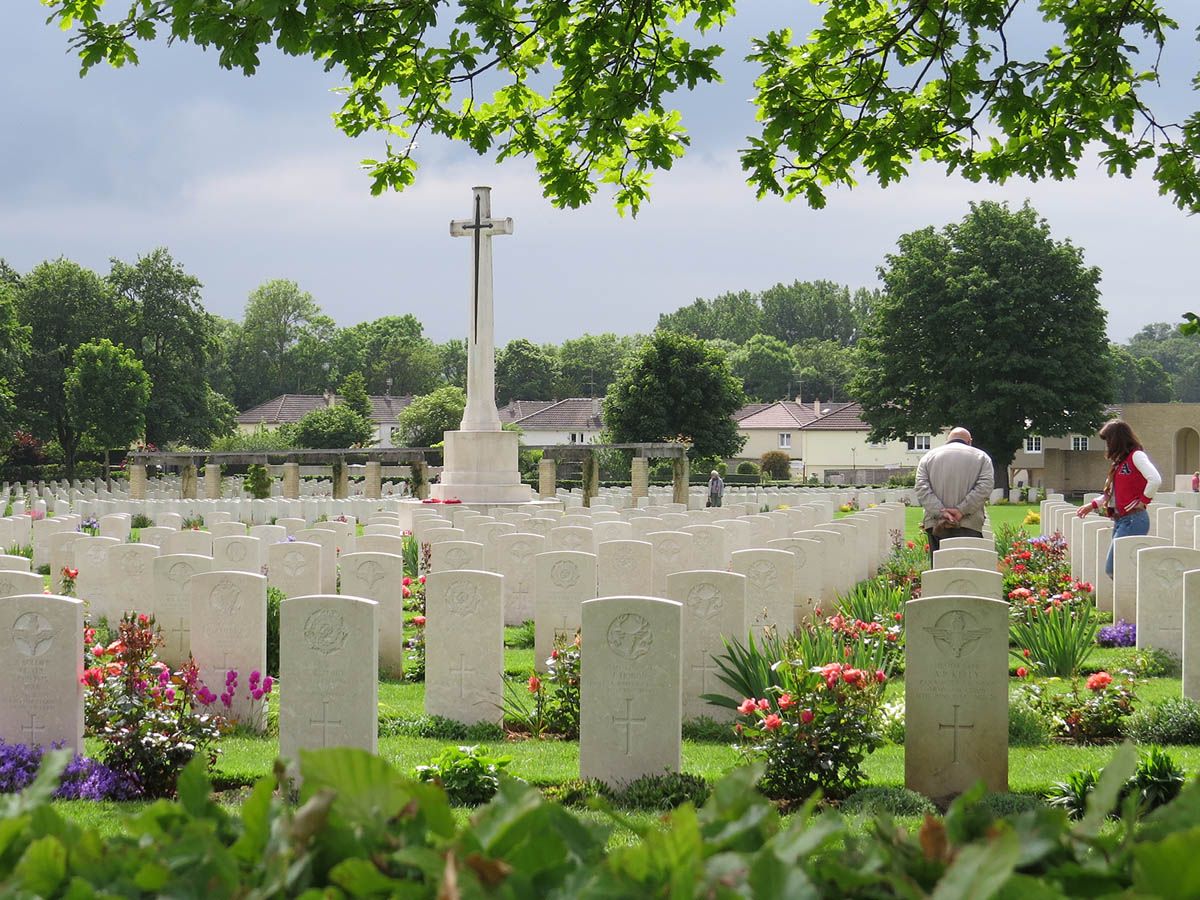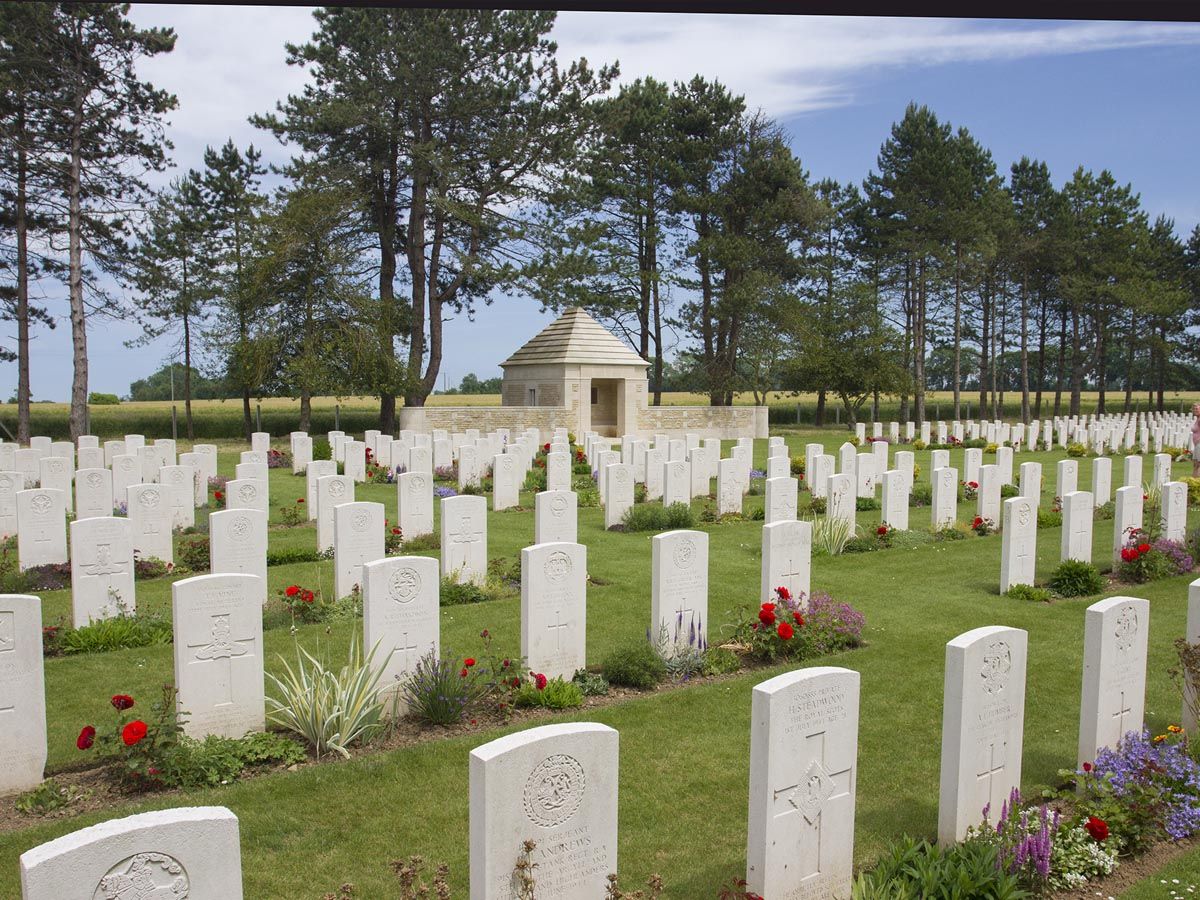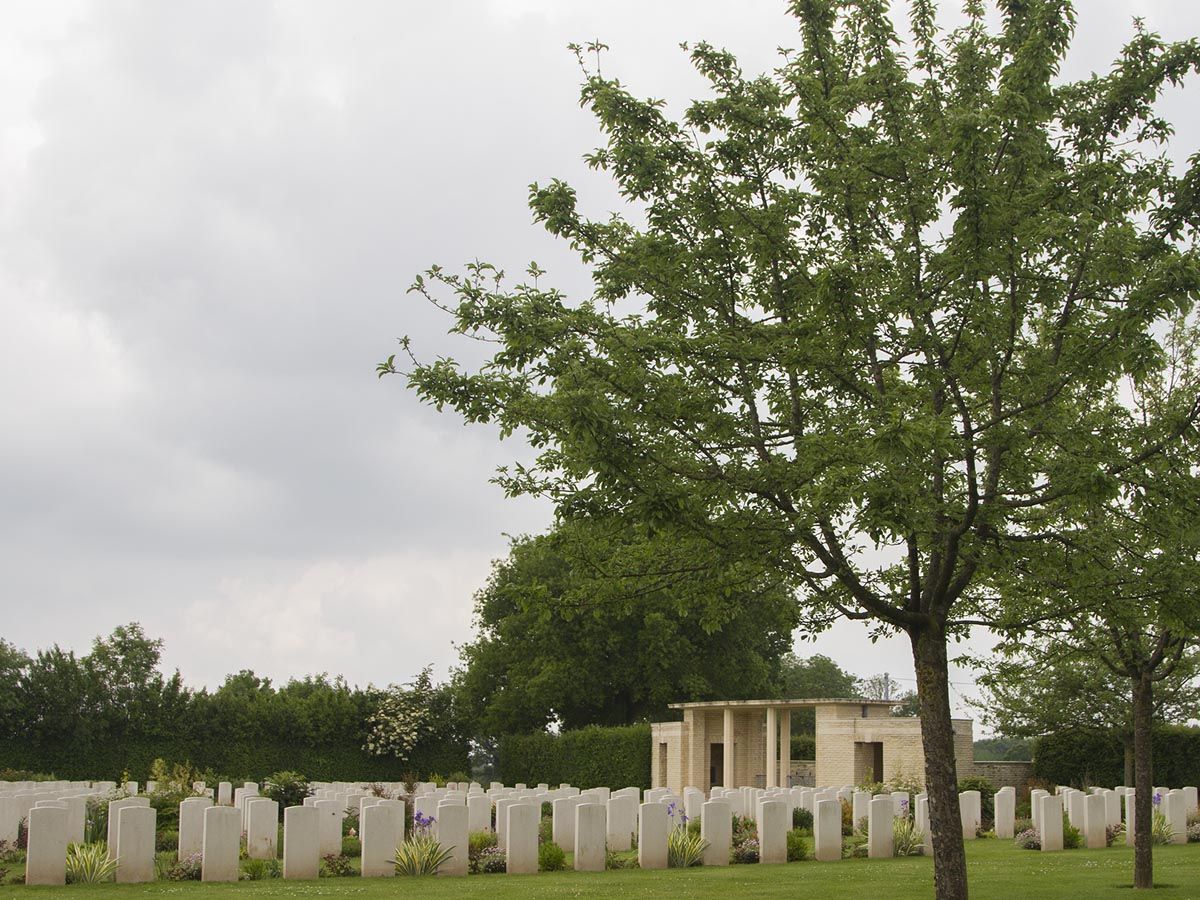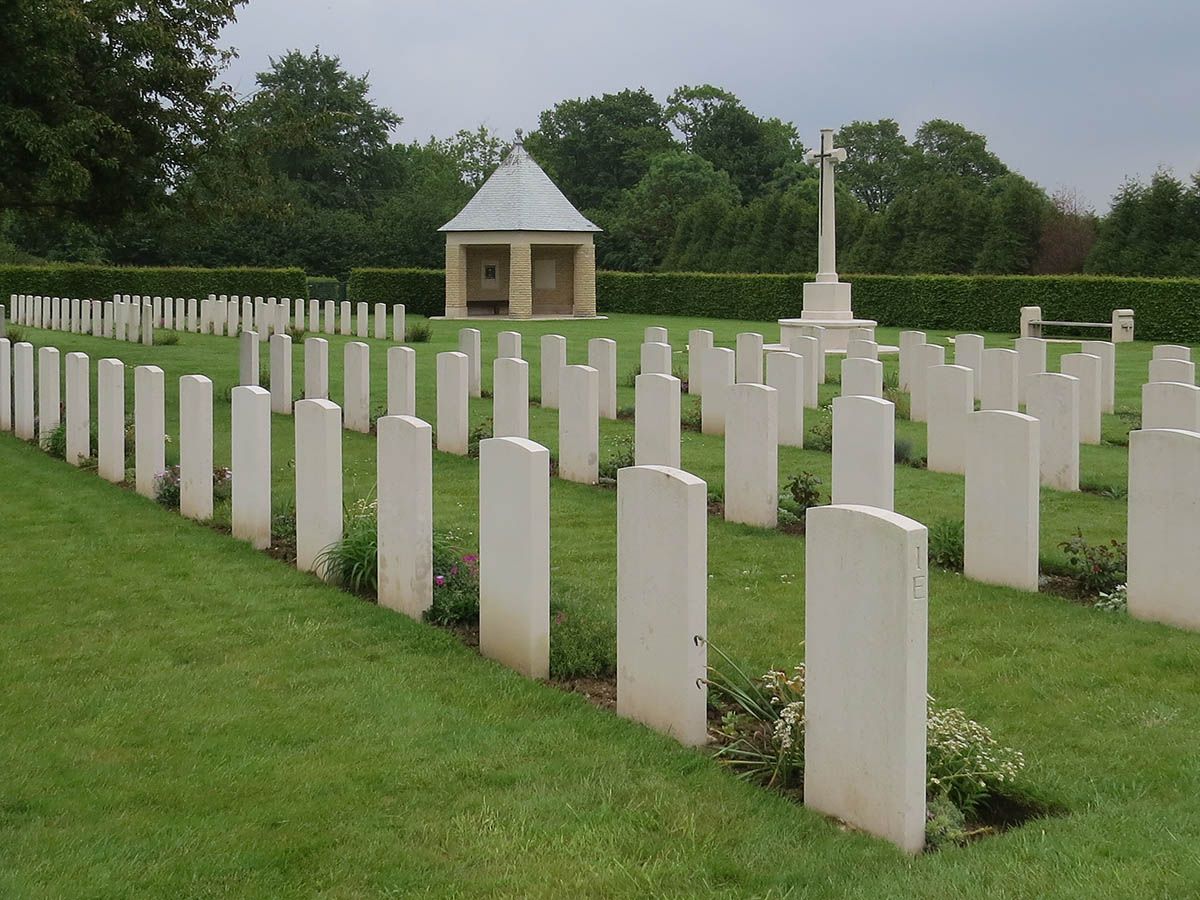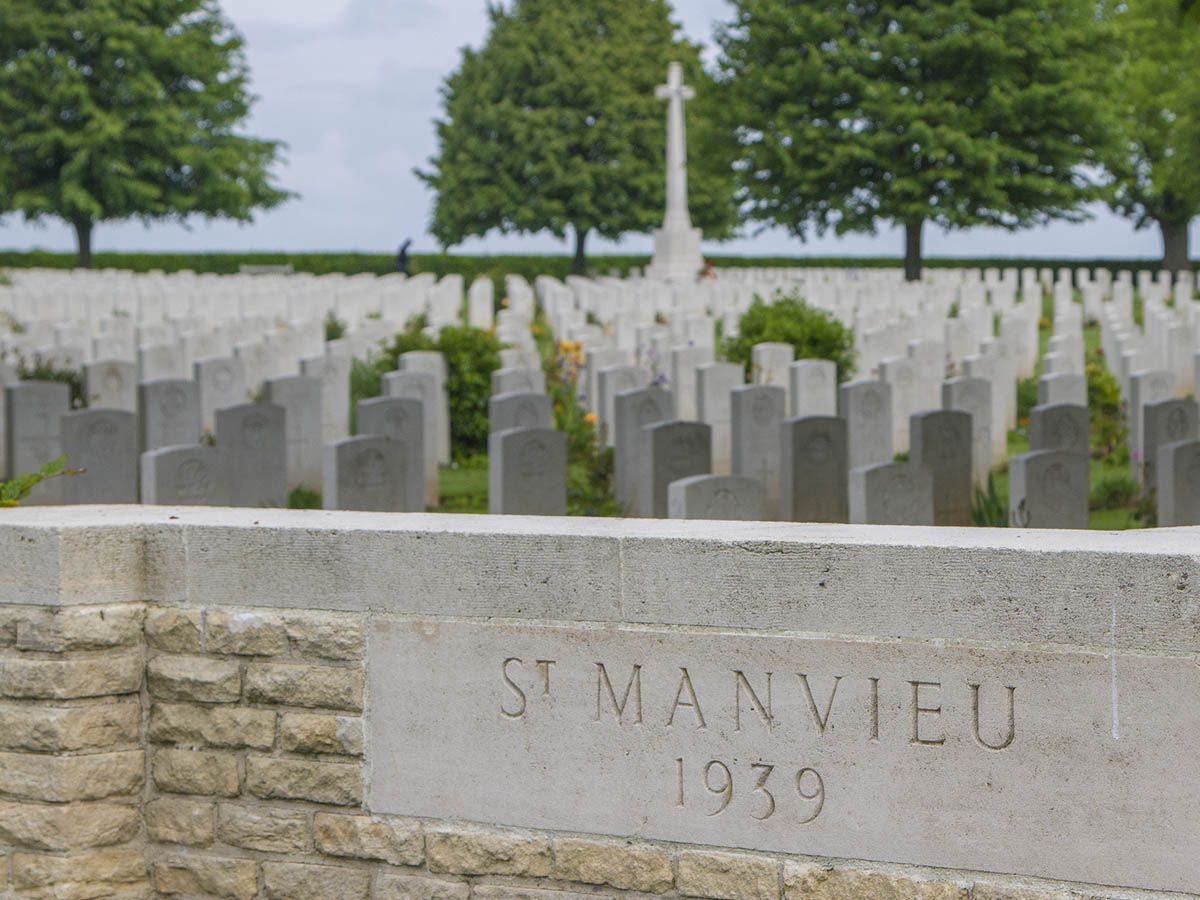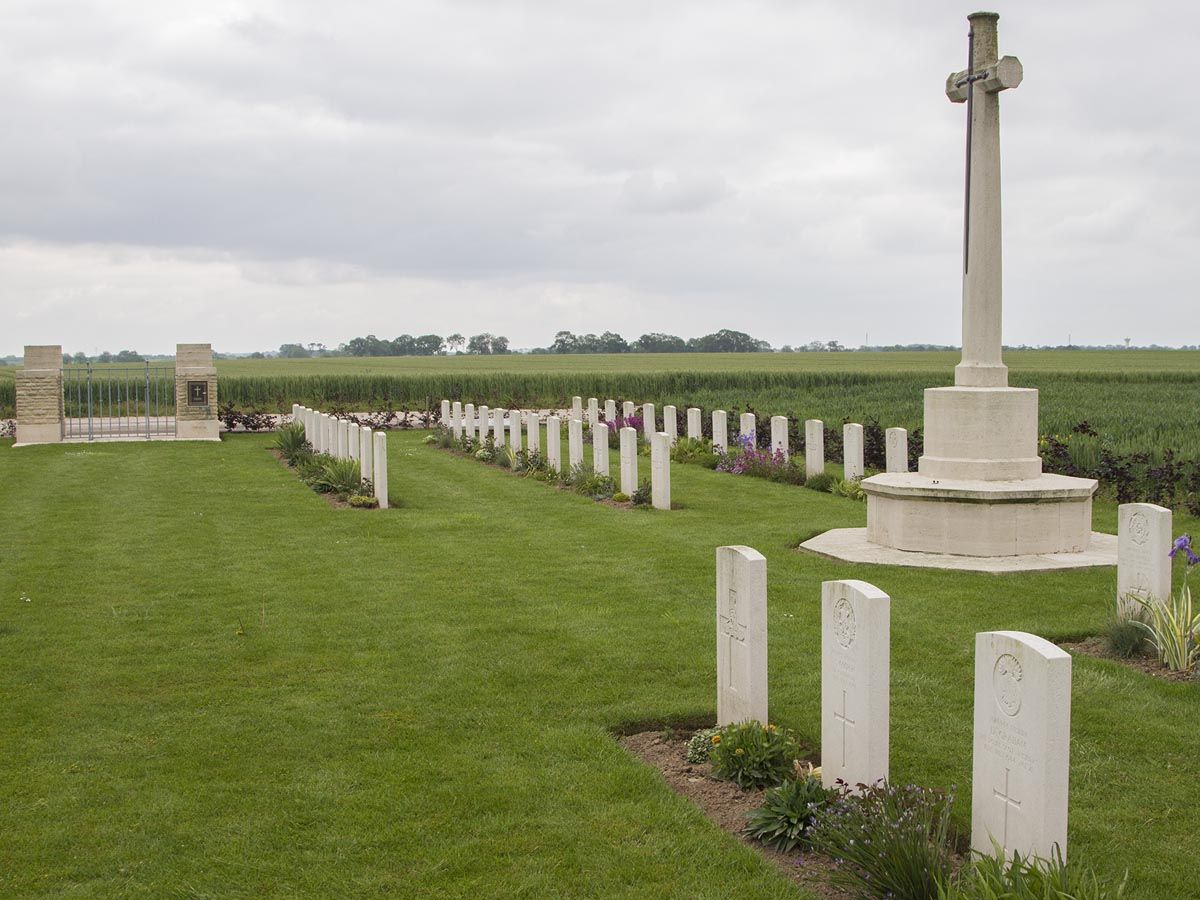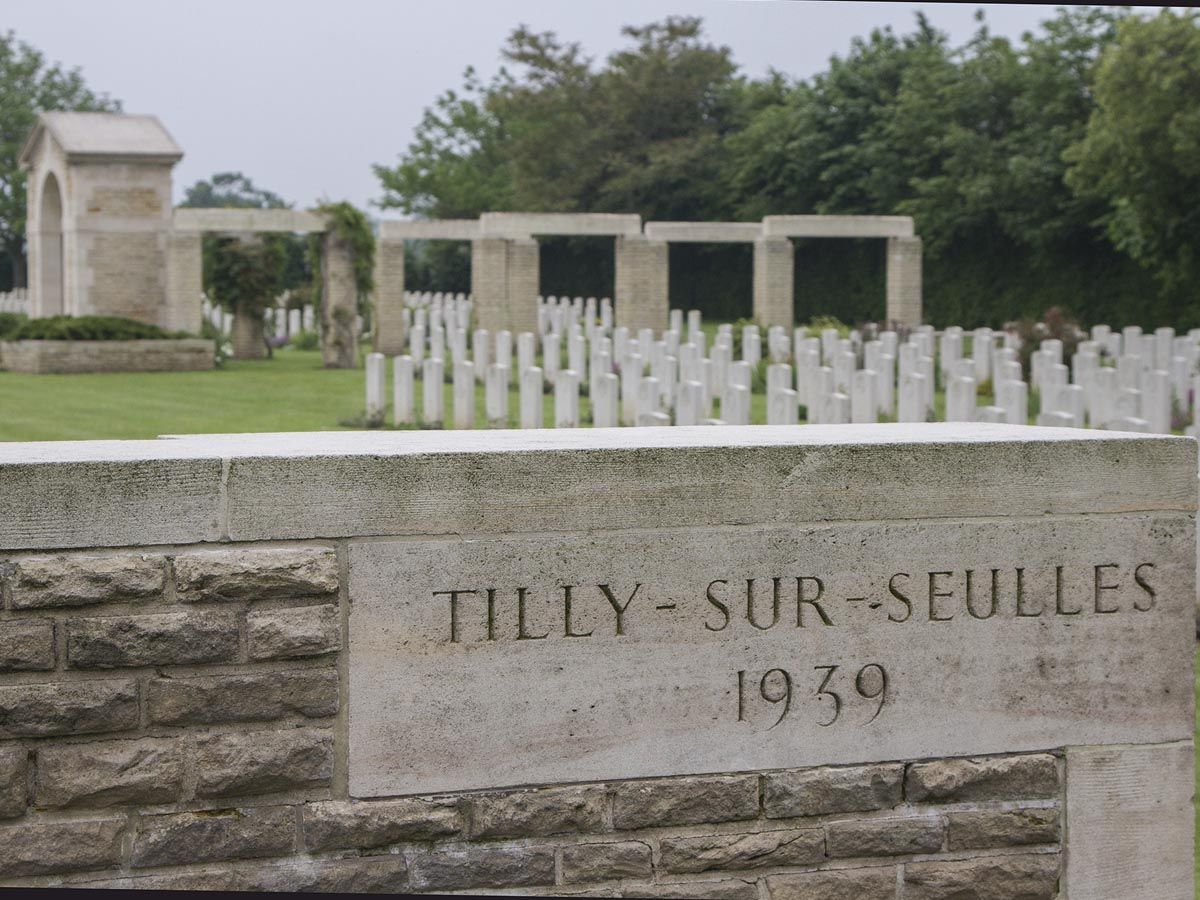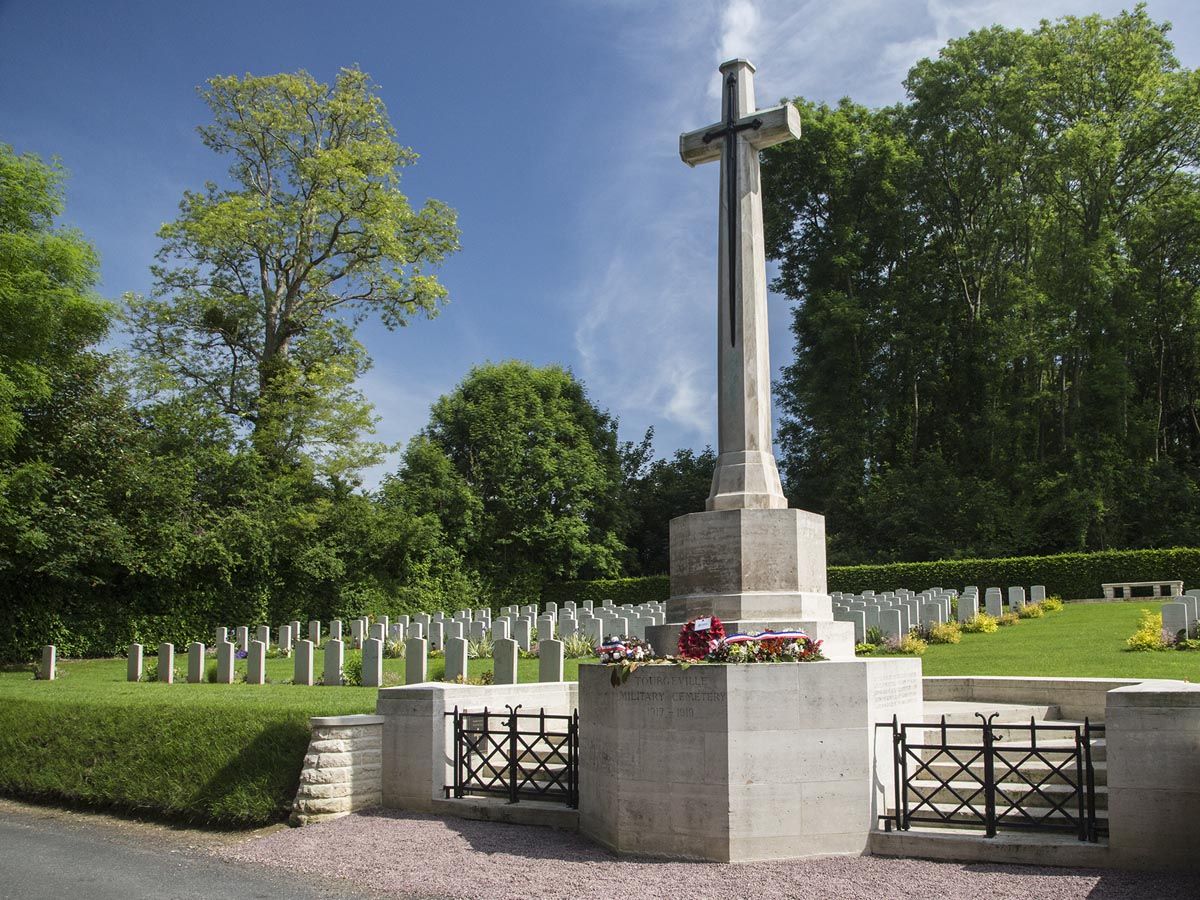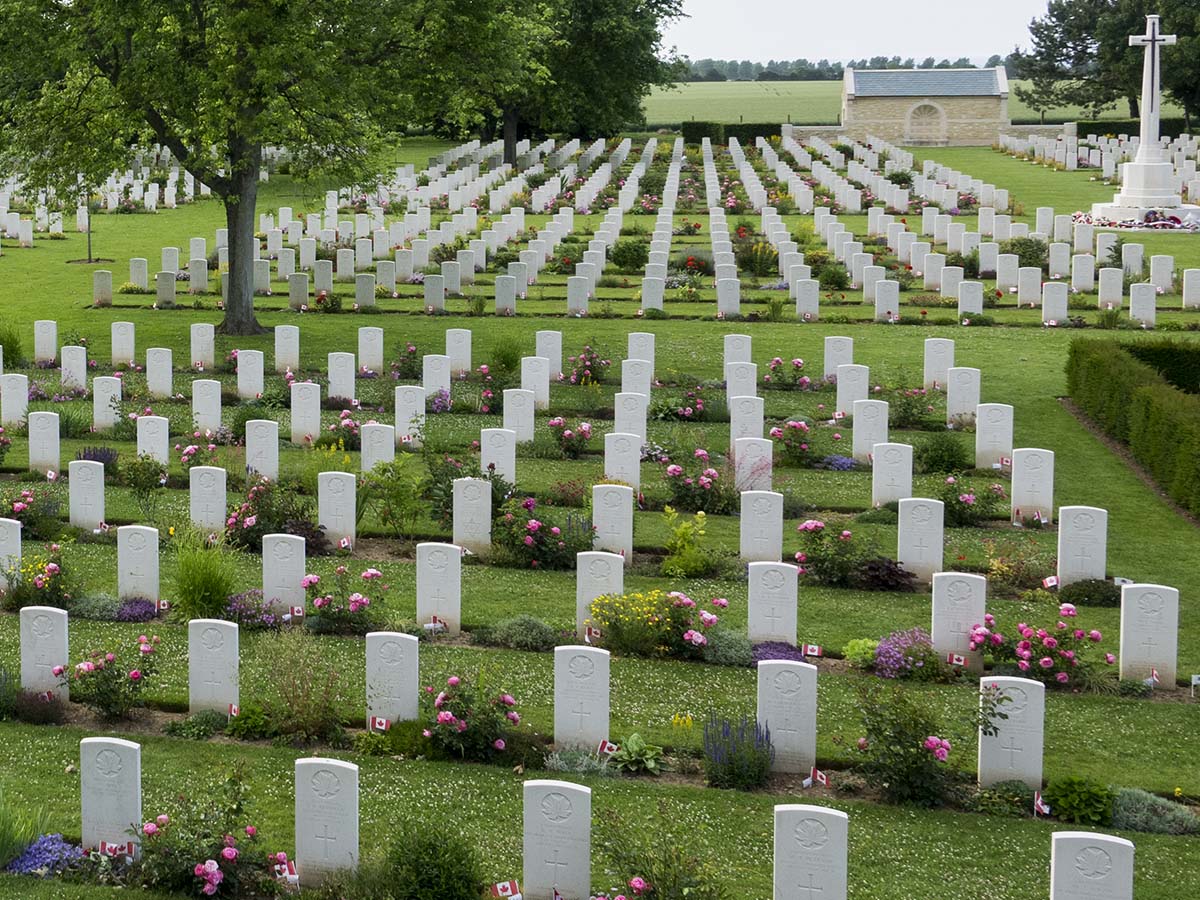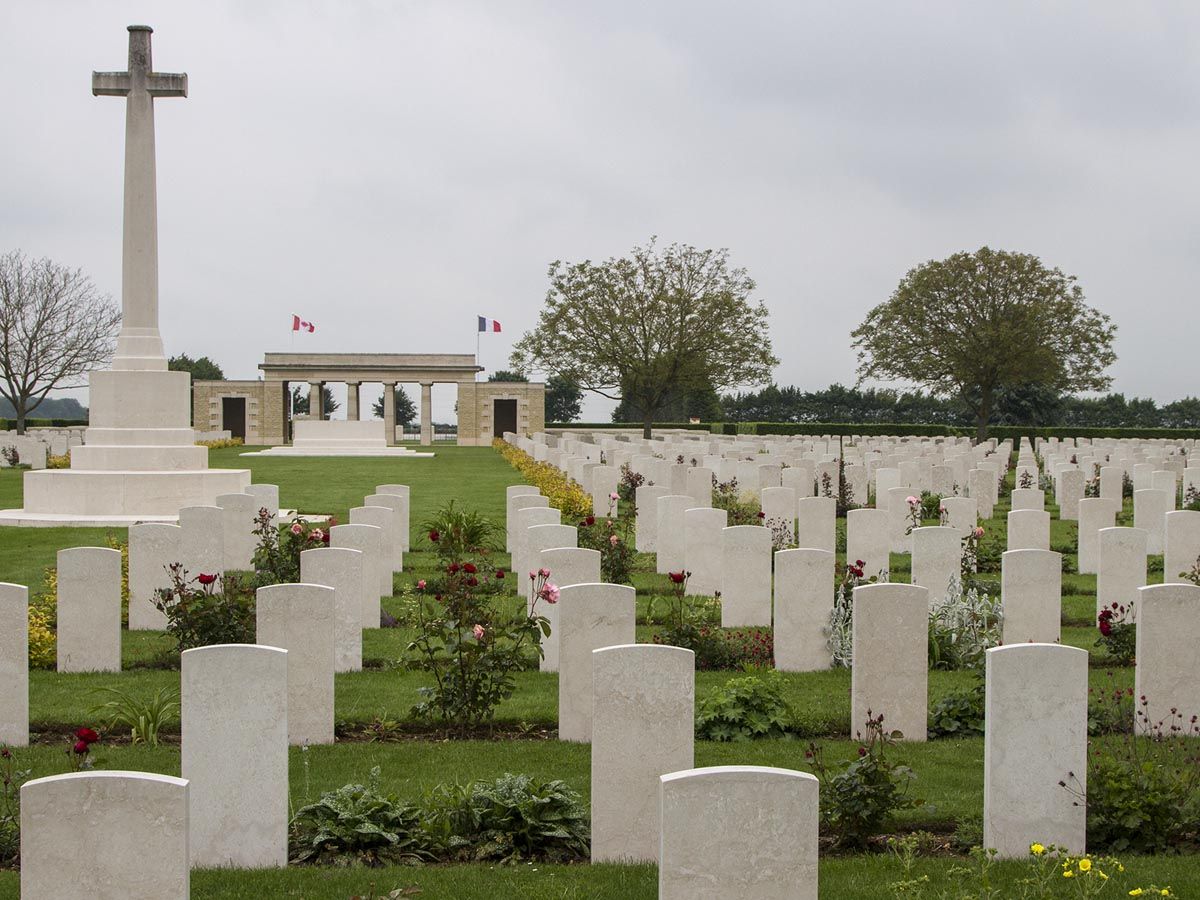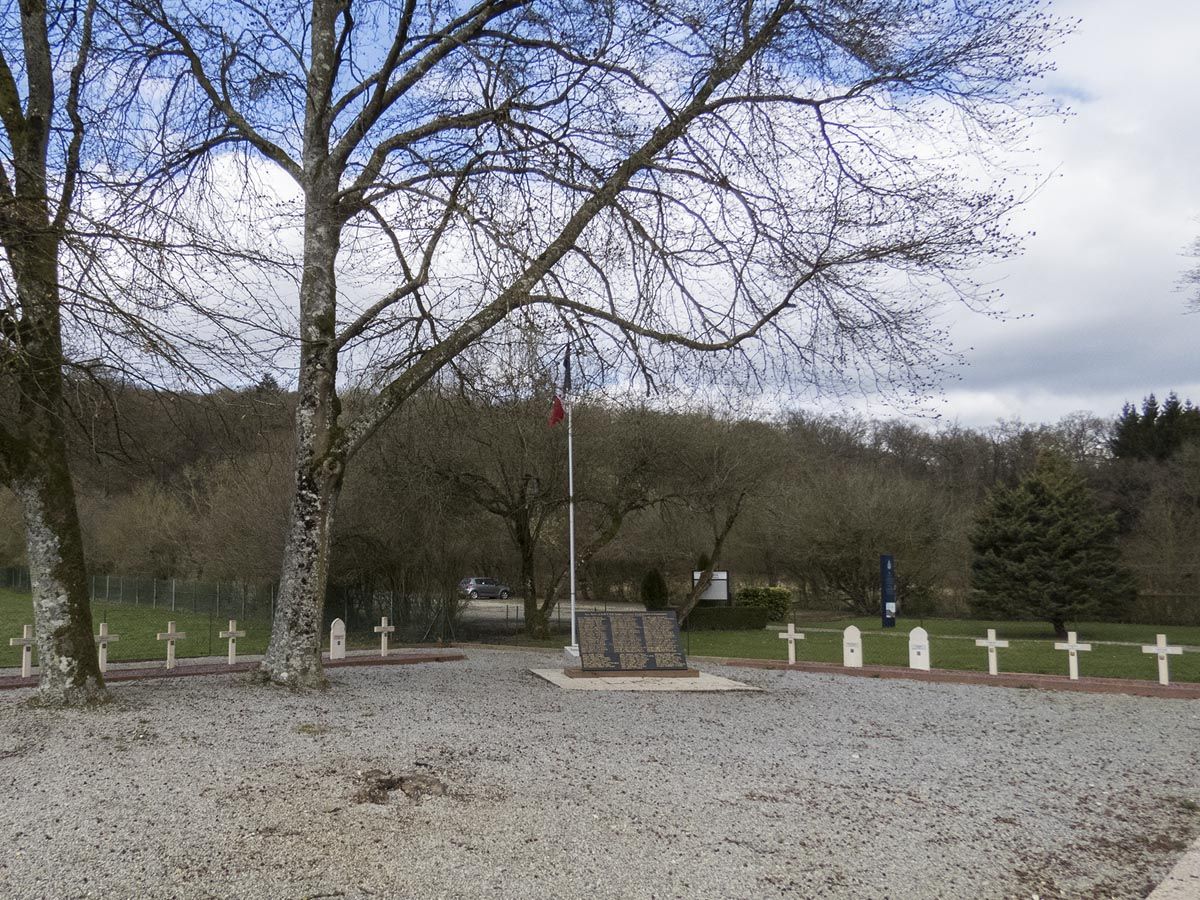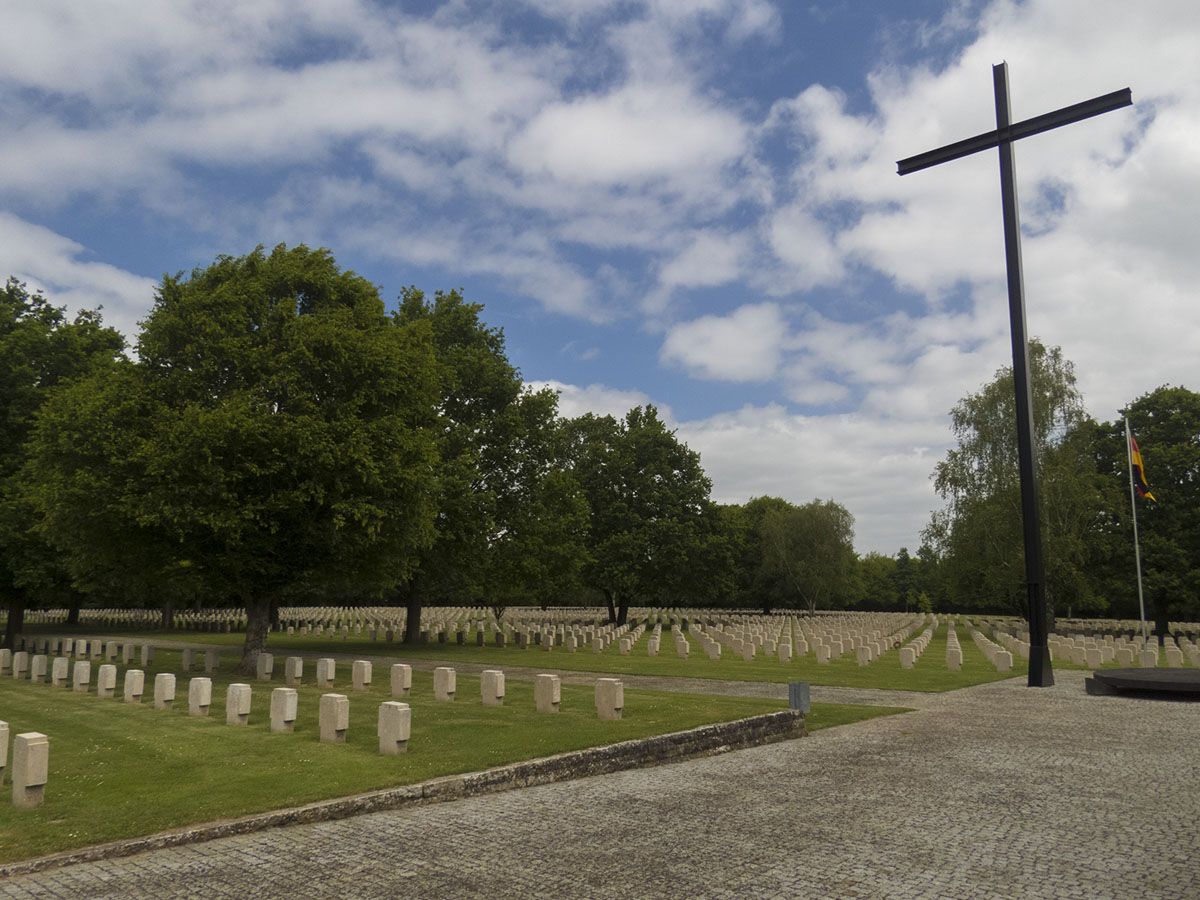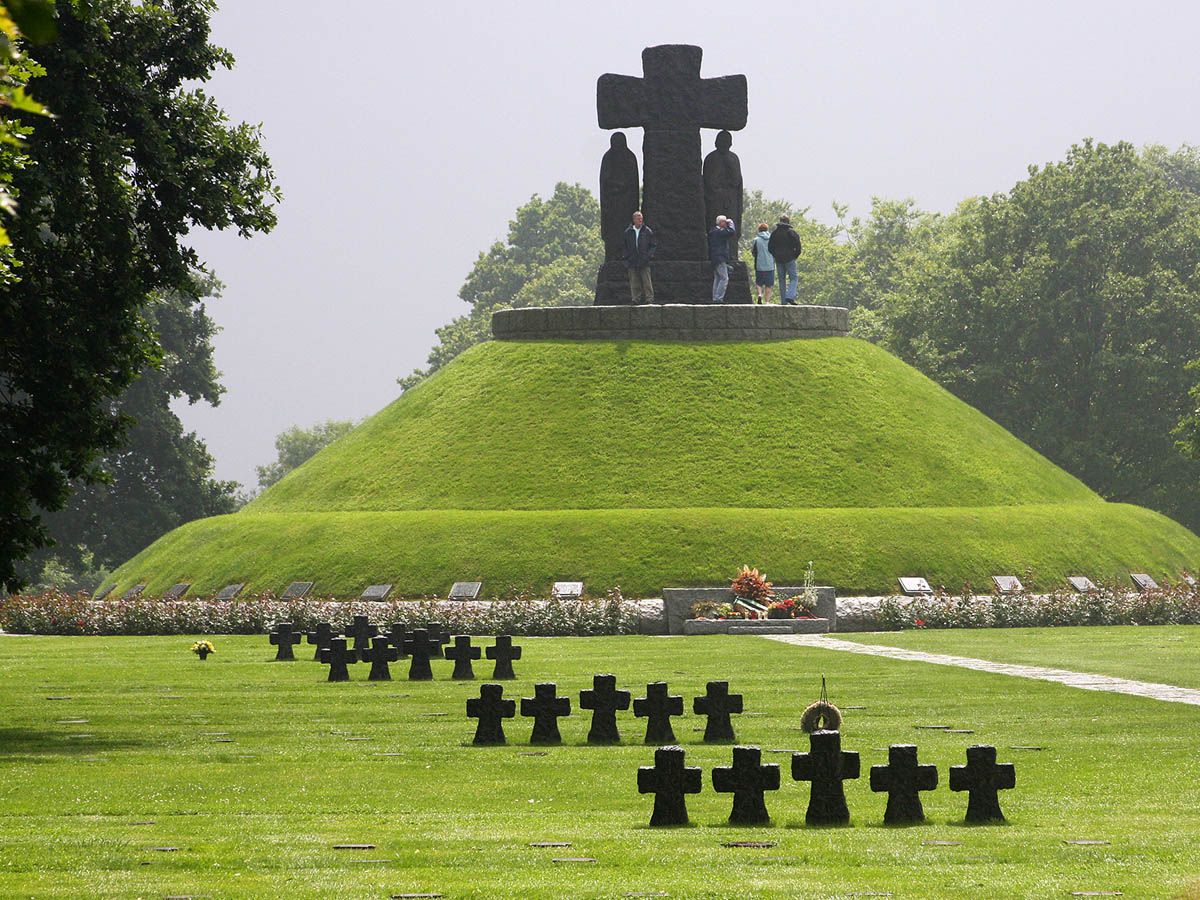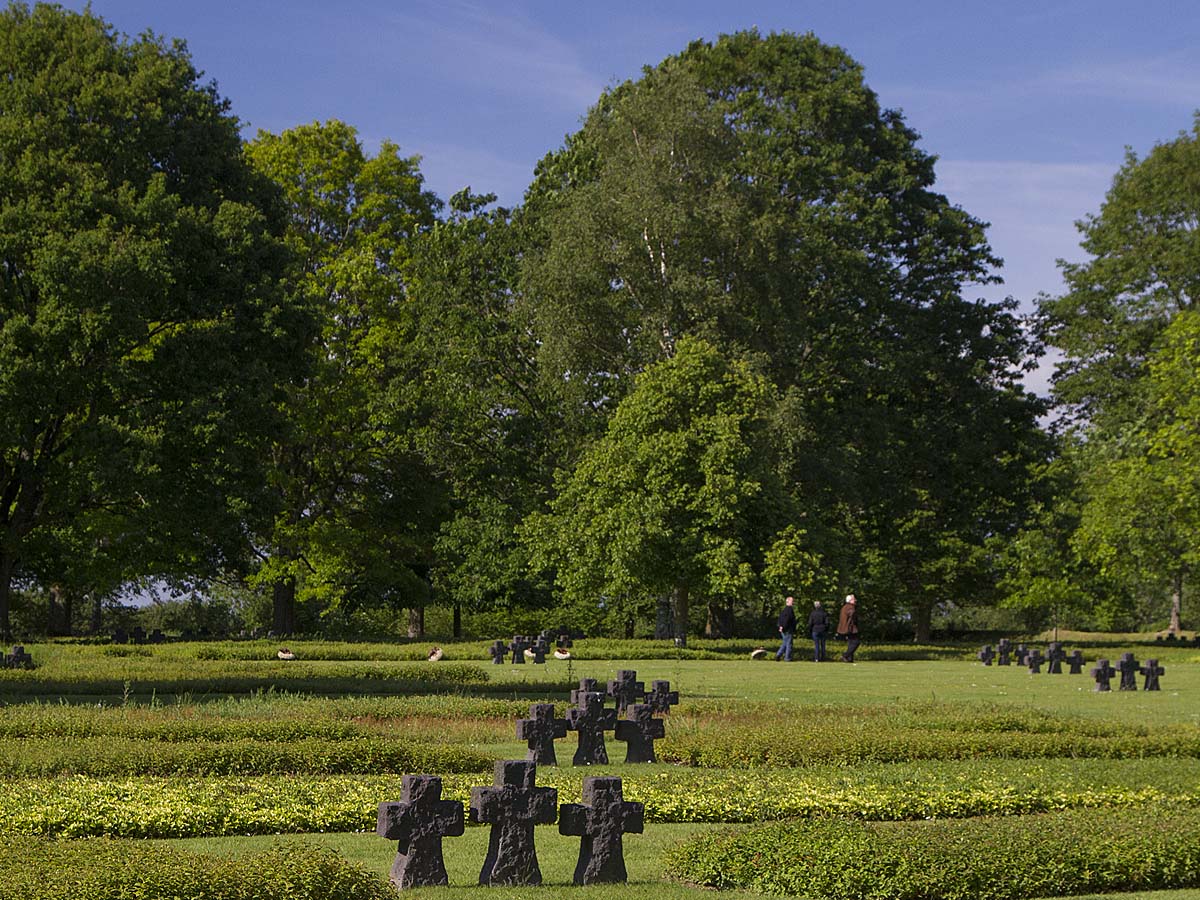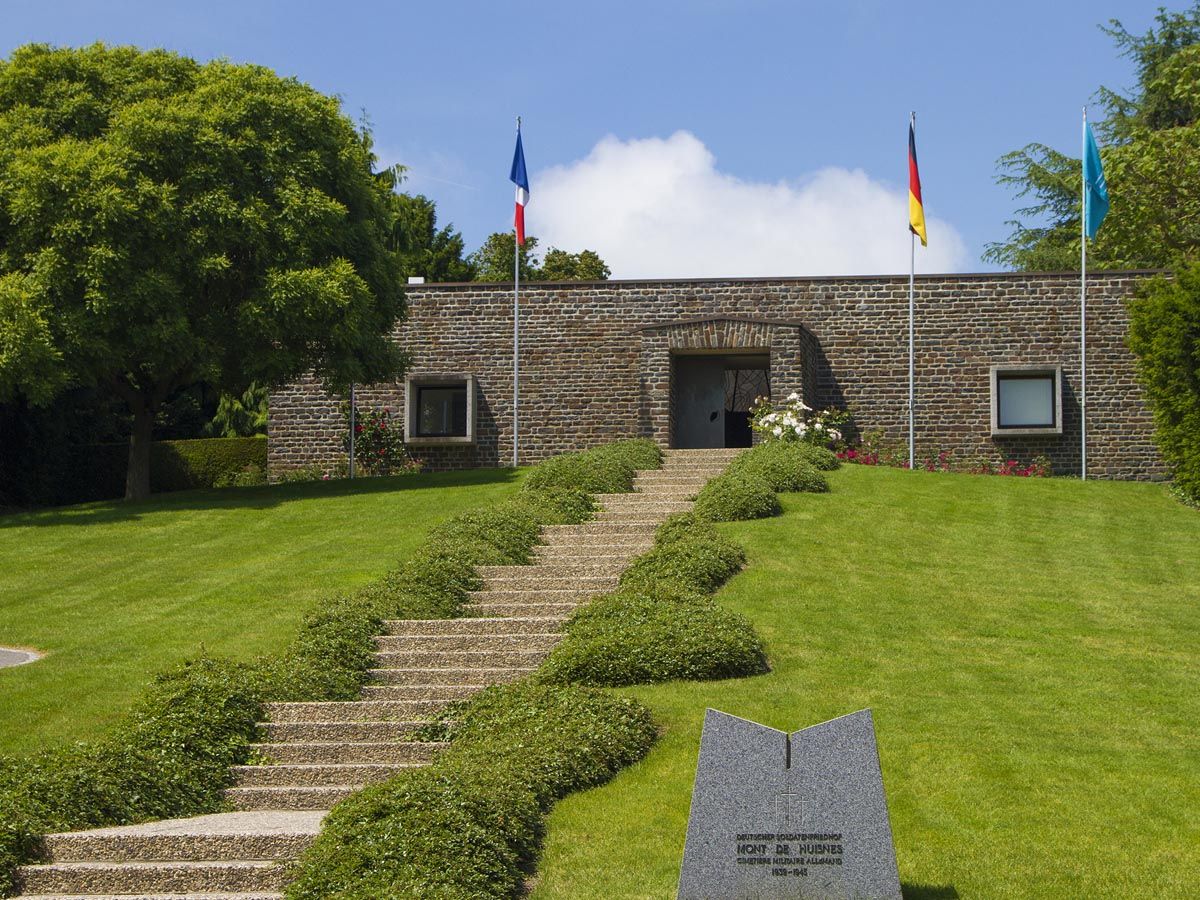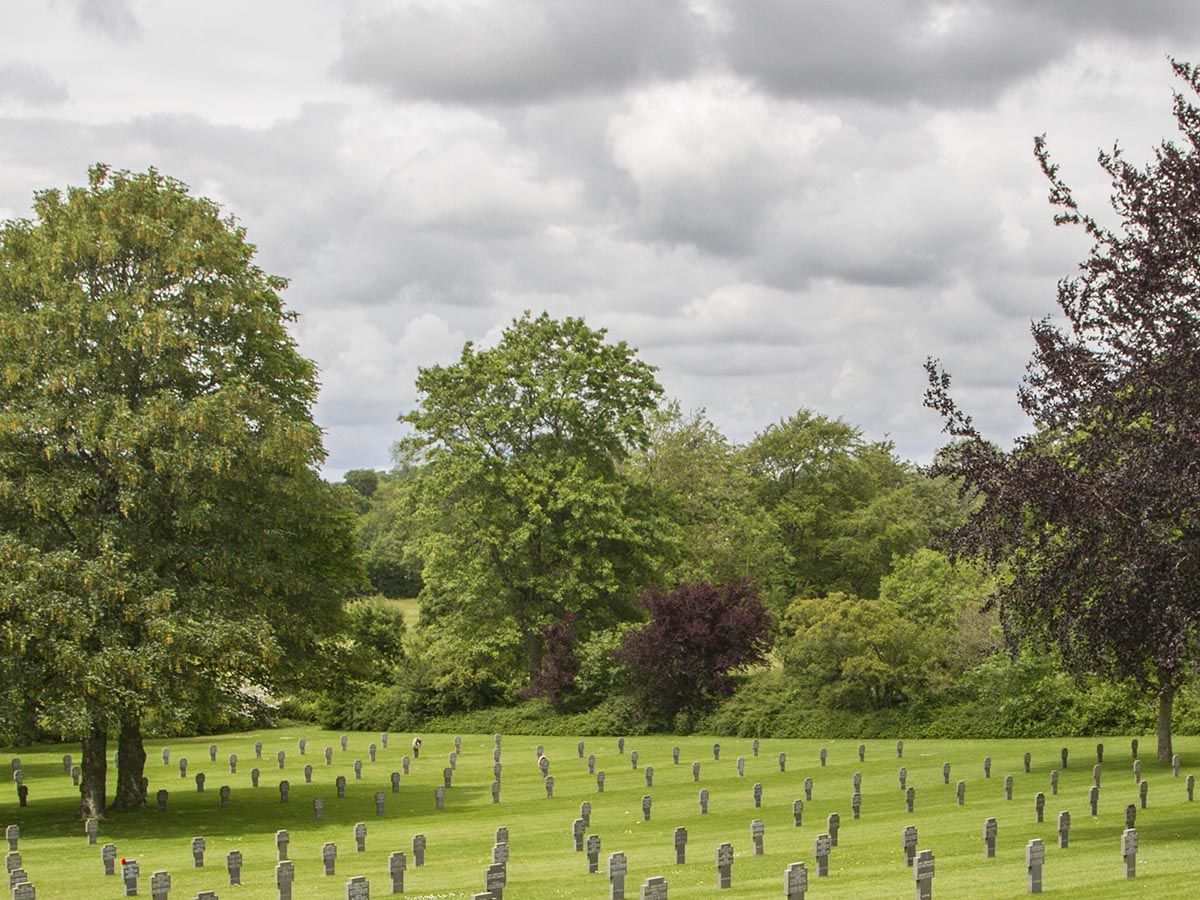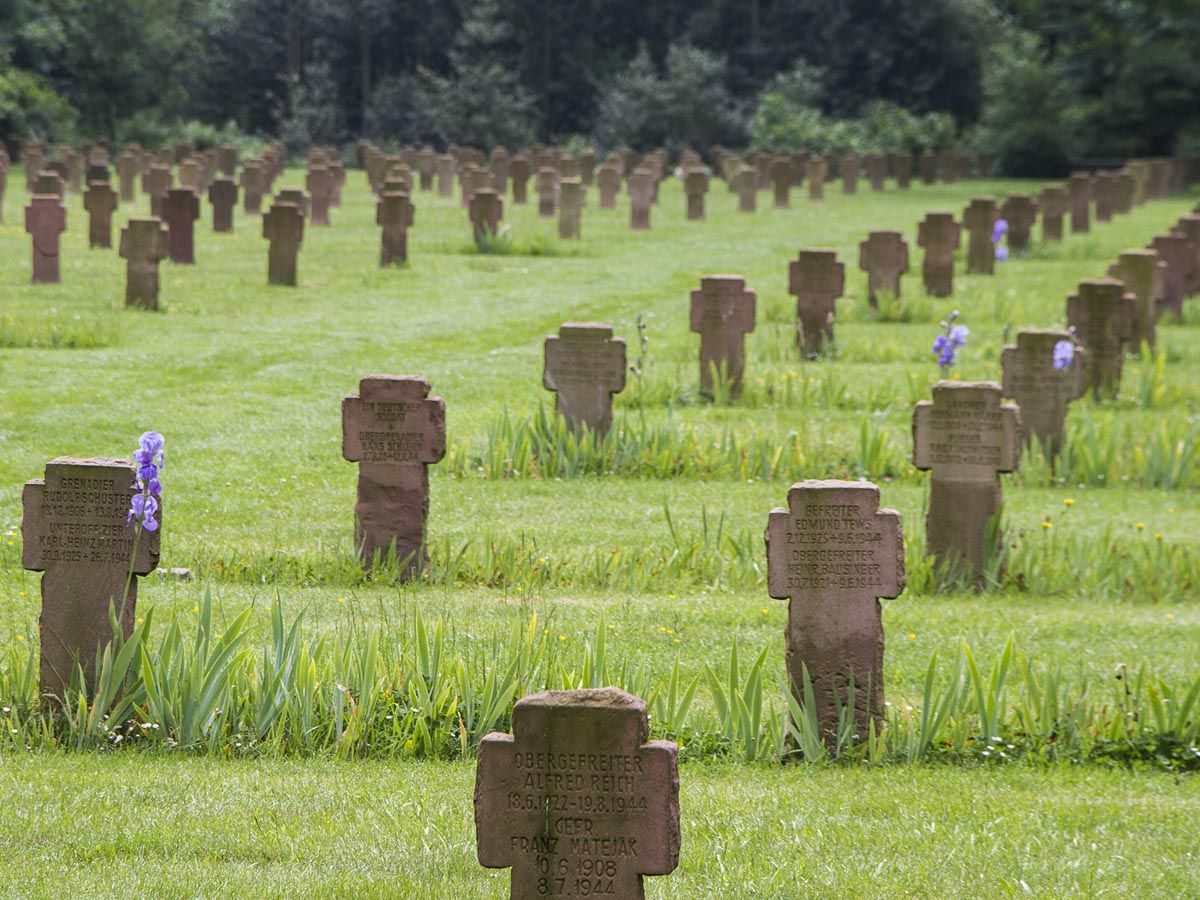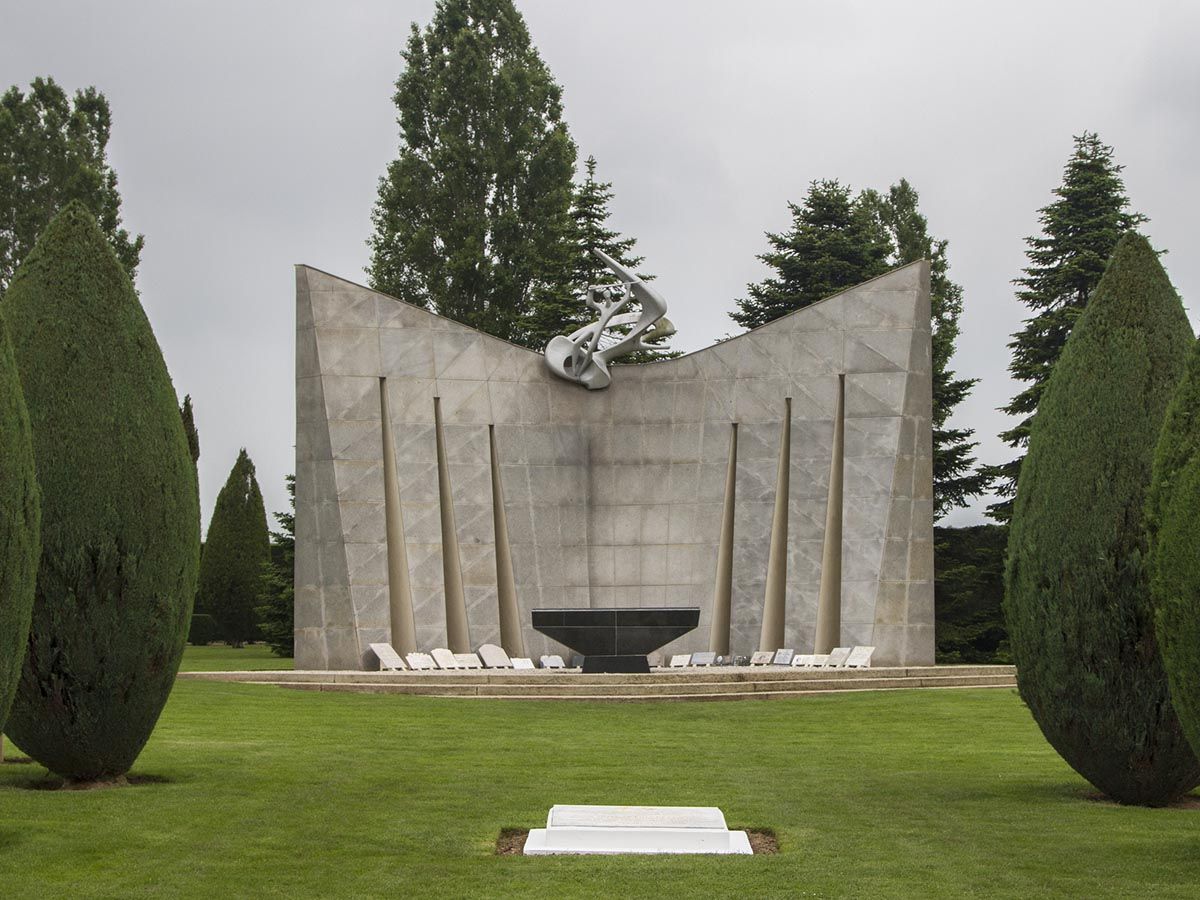Located just 4 kilometers west of Lisieux on the road to Caen, the St. Désir-de-Lisieux British War Cemetery offers a peaceful place to reflect on the sacrifices made during World War II. The cemetery contains 598 Commonwealth burials, with most soldiers having fallen during the final stages of the Normandy campaign in August 1944. As you walk among the neat rows of headstones, you’ll feel a deep connection to history in this solemn yet beautiful setting.
The cemetery sits just off a secondary road, making it easily accessible for visitors touring Normandy’s war memorials. Interestingly, it’s located right next to a German war cemetery, providing a unique opportunity to contemplate how these former adversaries now rest side by side. Some of the graves were relocated here from Chartres, bringing together Commonwealth soldiers who gave their lives for freedom on French soil.
The cemetery is connected by a pathway to a neighboring German war cemetery, creating a poignant reminder of losses on both sides of the conflict. This unusual feature makes St. Désir unique among Normandy war cemeteries.
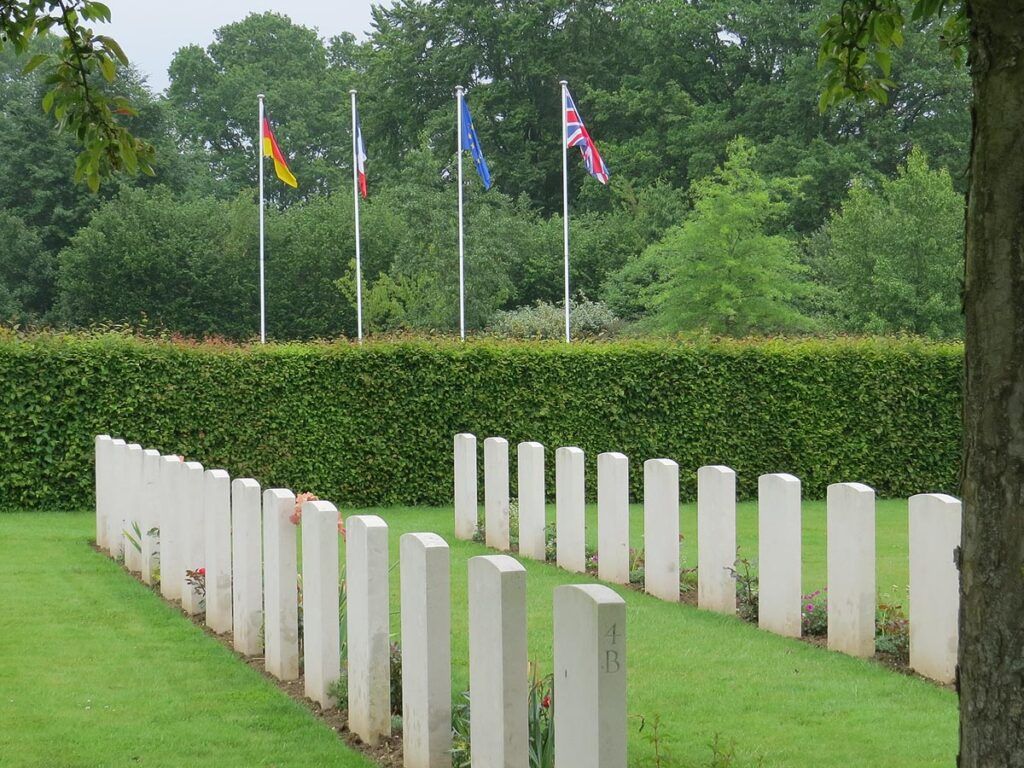
The History of St. Désir-de-Lisieux
St. Désir-de-Lisieux holds profound historical significance as the final resting place for hundreds of Allied soldiers who fought in the Battle of Normandy during World War II.
World War II Significance
St. Désir-de-Lisieux War Cemetery is the easternmost of the Normandy war cemeteries. It was established in the final stages of the Normandy campaign as Allied forces pushed eastward toward Paris.
The cemetery contains 598 British soldiers who fell during the Battle of Normandy. Many of these brave souls belonged to the 51st (Highland) Division, which played a crucial role in the liberation of France.
When you visit, you’ll notice four graves from World War I as well, making this site a testament to both global conflicts.
The location wasn’t chosen randomly. This area saw intense fighting as German forces retreated from Normandy in August 1944. The cemetery sits near where many soldiers made their ultimate sacrifice.
French Resistance and Liberation
The area around St. Désir and Lisieux witnessed significant resistance activity during the German occupation. Local French citizens risked their lives hiding Allied airmen and sabotaging German operations.
When liberation finally came in summer 1944, the region had suffered greatly. The Allied push through Normandy met fierce resistance as German forces attempted to hold defensive lines near Lisieux.
You can still see remnants of this struggle in the surrounding countryside. Many Canadian units fought alongside British forces in this sector, with both nations represented in the cemetery.
The nearby Lisieux Communal Cemetery also contains war graves, showing how widespread the fighting was throughout the region.
After the area’s liberation, grateful local French families often adopted graves of fallen soldiers, bringing flowers and maintaining memorials for those who helped free their homeland.
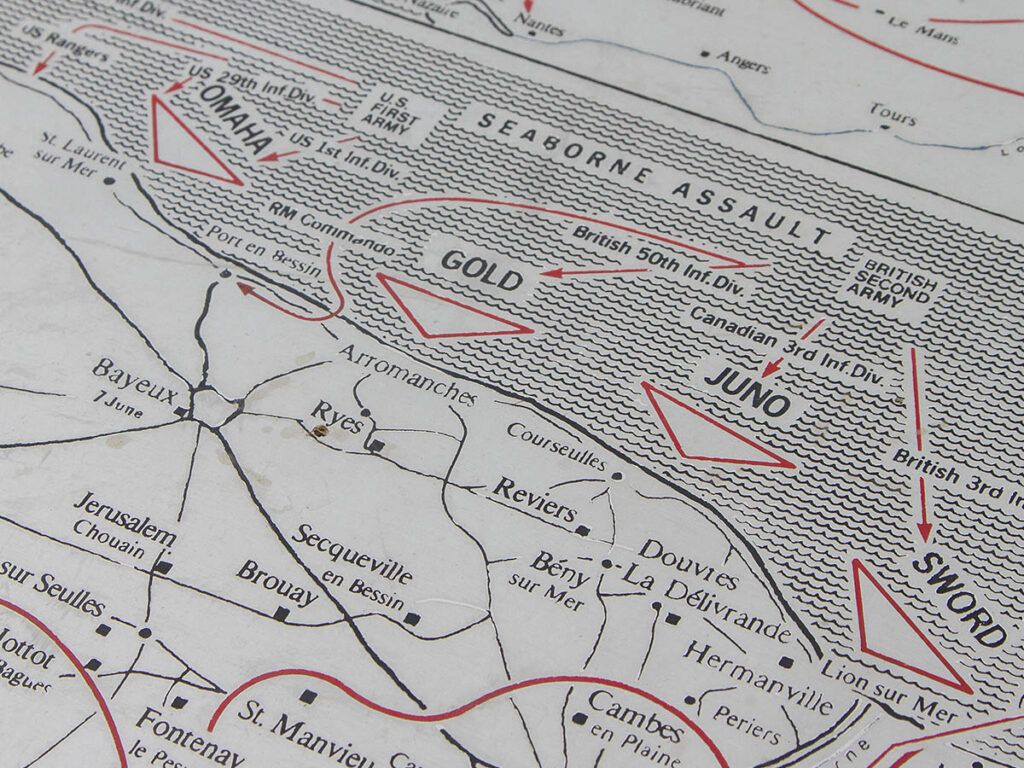
The Design and Structure
The St. Désir-de-Lisieux British War Cemetery showcases the thoughtful design principles common to Commonwealth War Graves. Its layout reflects both respect for the fallen and consideration for visitors who come to pay their respects.
Architectural Overview
When you visit St. Désir-de-Lisieux, you’ll notice the cemetery’s clean, orderly layout typical of Commonwealth War Graves Commission design. The graves are arranged in straight, uniform rows with consistent headstones, creating a sense of equality among all who rest here.
You’ll find the cemetery beautifully maintained with manicured lawns and carefully tended flower beds that change with the seasons.
The Cross of Sacrifice and Stone of Remembrance
As you enter the cemetery, two prominent monuments will catch your eye. The Cross of Sacrifice stands tall at the center, designed by architect Sir Reginald Blomfield. This iconic symbol appears in almost all British war cemeteries with more than 40 graves. Its bronze sword embedded on the face represents the military character of the cemetery.
The Stone of Remembrance, another significant feature, bears the words “Their Name Liveth For Evermore,” chosen by Rudyard Kipling. This monument honors those with no known grave.
Together, these elements create a place of quiet reflection. The monuments serve as focal points for commemorative ceremonies held throughout the year, especially on remembrance days.
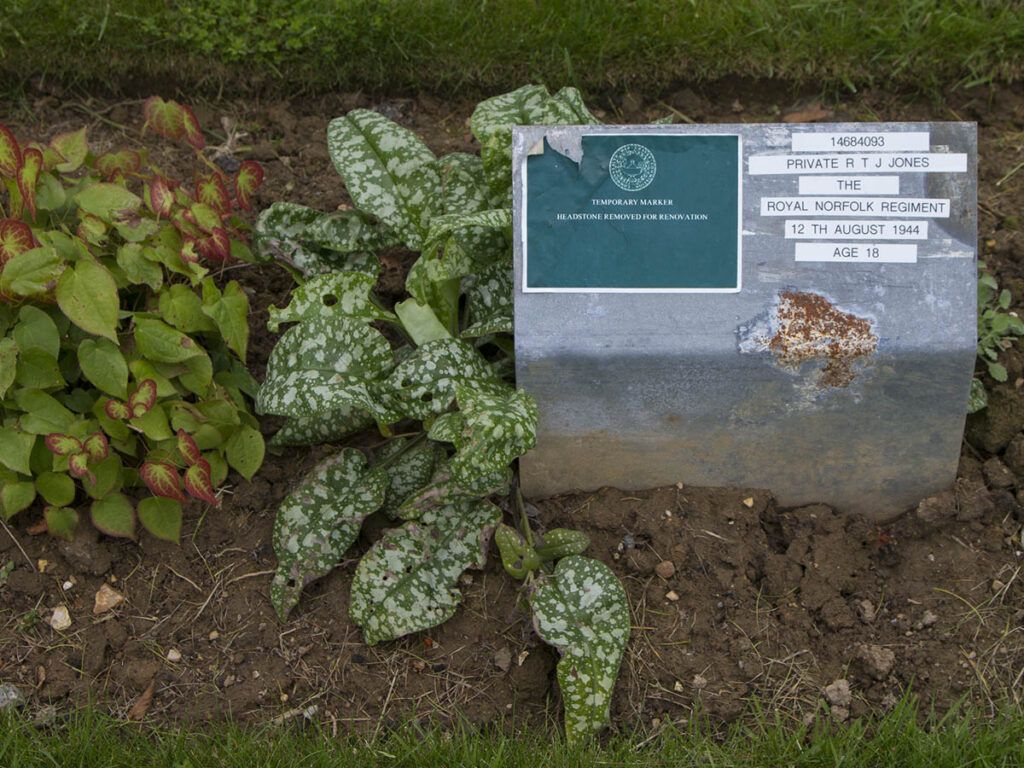
The Fallen Heroes
St. Désir War Cemetery holds the remains of nearly 600 Commonwealth soldiers who fell in the final stages of the Normandy campaign. These brave men paid the ultimate sacrifice during the closing battles around the Falaise Pocket in August 1944.
Commonwealth Soldiers
The cemetery serves as the final resting place for 598 British soldiers who died during the Battle of Normandy. Most of these men—about 450—were killed in August 1944 during the fierce fighting around the Falaise Pocket. This battle marked the decisive conclusion of the Normandy campaign.
St. Désir is the most easterly of all the Normandy war cemeteries. It represents a solemn reminder of the human cost of liberation as Allied forces pushed toward victory in Europe.
Walking among the neat rows of headstones, you’ll notice soldiers from various Commonwealth units. Most are from the United Kingdom, but you’ll also find Canadian and New Zealand servicemen who fought alongside their British comrades.
Notable Burials and Individual Stories
As you wander through the cemetery, take time to read the inscriptions on the headstones. Each tells a unique story of courage and sacrifice. Many young men were just in their early twenties when they fell.
Some graves belong to tank crews who perished as Allied armored divisions pushed eastward. Others are infantry soldiers who fought house-to-house through nearby villages.
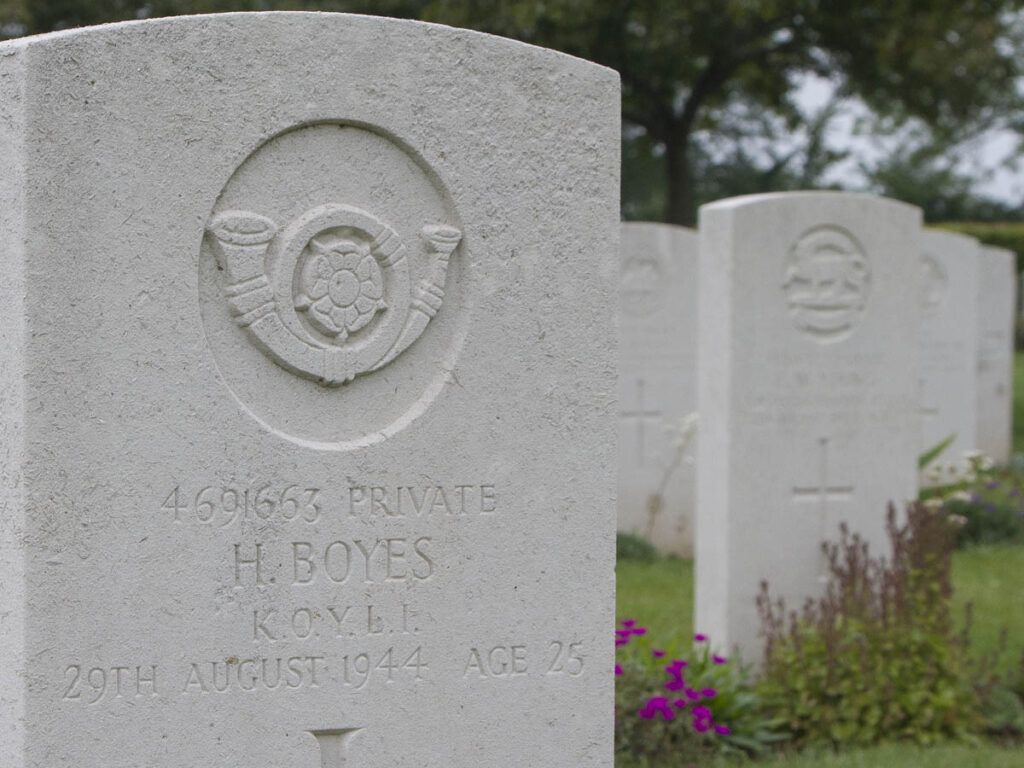
Look for special inscriptions chosen by families—poignant reminders that each soldier was someone’s son, brother, husband, or father. Some headstones feature personal messages that offer glimpses into the lives these men left behind.
Near the entrance, you’ll find information panels that highlight specific stories of heroism. Take a moment to read about these individuals whose courage helped secure freedom for Europe.
Preservation and Commemoration
The St. Désir-de-Lisieux British War Cemetery is carefully maintained to honor those who fell in the final stages of the Normandy campaign. The Commonwealth War Graves Commission ensures this sacred ground remains a dignified place for remembrance.
Maintenance of War Graves
The Commonwealth War Graves Commission takes meticulous care of all 598 graves at St. Désir, including the 5 unidentified soldiers. Each headstone is regularly cleaned and inspected for damage. The pristine lawns are mowed weekly during growing season, and gardeners plant seasonal flowers that add respectful touches of color.
You’ll notice the immaculate condition of the cemetery during your visit, regardless of season. The Commission employs local caretakers who maintain the site year-round, ensuring the cemetery remains a peaceful place for reflection.
The records of those buried here are meticulously preserved both on-site and in digital archives, allowing visitors to locate specific graves easily.
Annual Commemoration Ceremonies
Several important ceremonies take place at St. Désir throughout the year. The most significant is on August 22nd, marking the final days of the Battle of Normandy when many of those buried here fell.
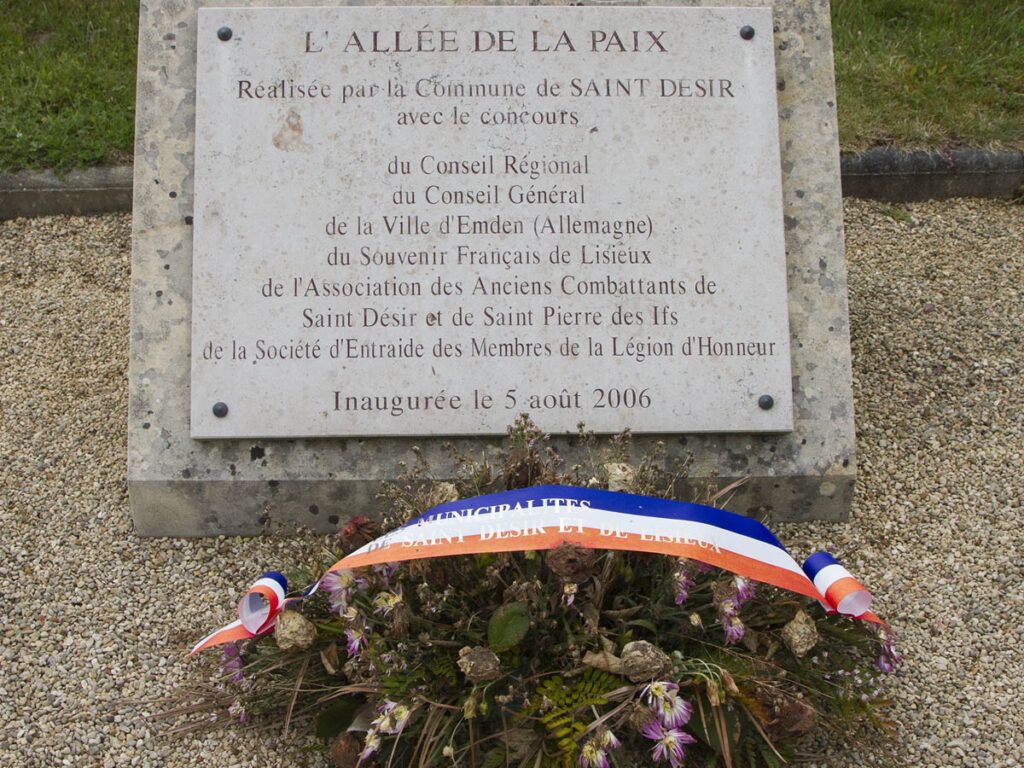
Veterans, dignitaries, and families gather for Remembrance Day ceremonies each November 11th. Local schoolchildren from Lisieux and surrounding Calvados communities often participate, placing flowers on graves and learning about the sacrifice of these soldiers.
Every June 6th, while larger D-Day ceremonies occur at beaches further west, a smaller service here connects this cemetery to the broader Normandy campaign narrative. The British Embassy coordinates with local officials to ensure proper honors are rendered.
You’re welcome to attend these public ceremonies, which typically include readings, wreath-laying, and moments of silence.
Visiting the Cemetery
St. Désir War Cemetery offers visitors a peaceful and reflective experience in the Normandy countryside. This easternmost British cemetery in Normandy contains the graves of 598 soldiers who fell during the final stages of the Battle of Normandy.
Location and Access
St. Désir War Cemetery is located about 2.5 km west of Lisieux in the Calvados department of Normandy, France. You’ll find it situated along the N13 highway, making it easily accessible by car.
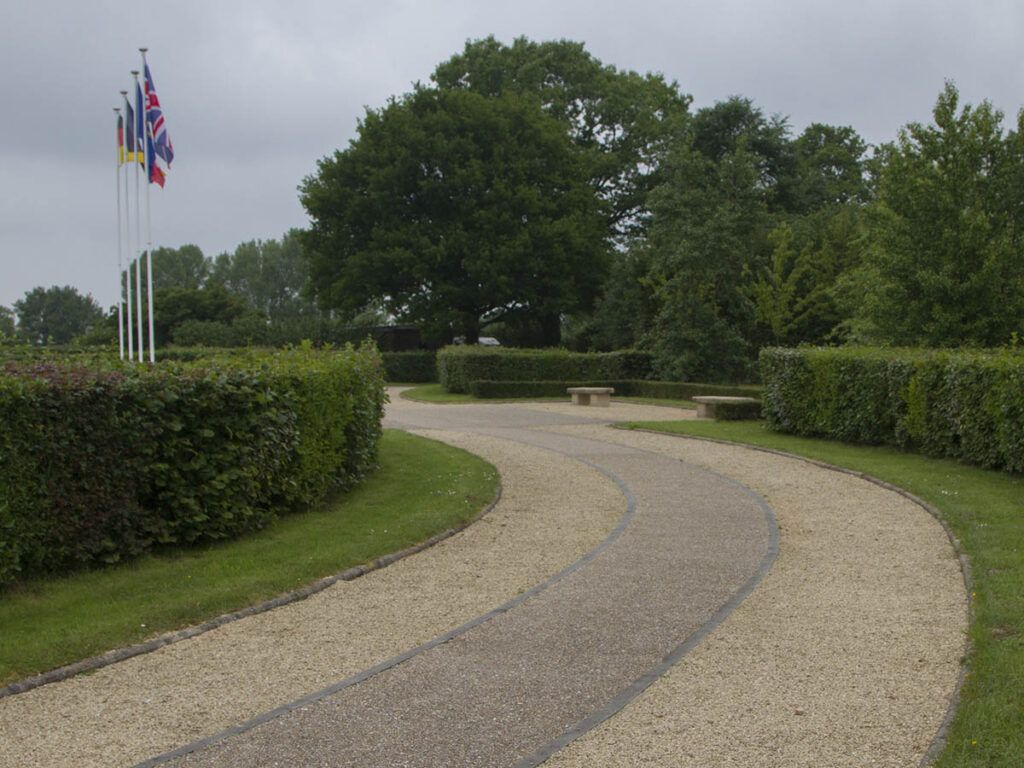
The cemetery is open to visitors daily, with no entrance fee. Like all Commonwealth War Graves Commission sites, it’s maintained with immaculate care. The grounds are wheelchair accessible with paved pathways between grave sections.
You’ll notice the cemetery’s serene setting in the Norman countryside provides a dignified resting place for those who fell. The site is marked with clear Commonwealth War Graves Commission signage, making it easy to identify as you approach.
Transportation and Directions
From Paris, you can reach Lisieux by train in about 1 hour 45 minutes from Saint-Lazare station. Regional trains also connect from Caen and other Norman cities.
If driving from Caen, take the A13 autoroute east toward Paris, then exit at Lisieux. Follow signs for the N13 westbound. The cemetery will be on your right about 2.5 km from town center.
Public bus service is limited, so a rental car or taxi from Lisieux station provides the most flexibility. Local taxis can be found at the train station or booked in advance.
By car from Bayeux:
- Take D613 east through Normandy countryside
- Continue onto N13 toward Lisieux
- Cemetery appears on left before reaching town
Best Times to Visit
The ideal visiting period runs from May through September when weather is most reliable. Summer months offer extended daylight hours (8am-8pm), giving you more time to explore the cemetery and surrounding area.
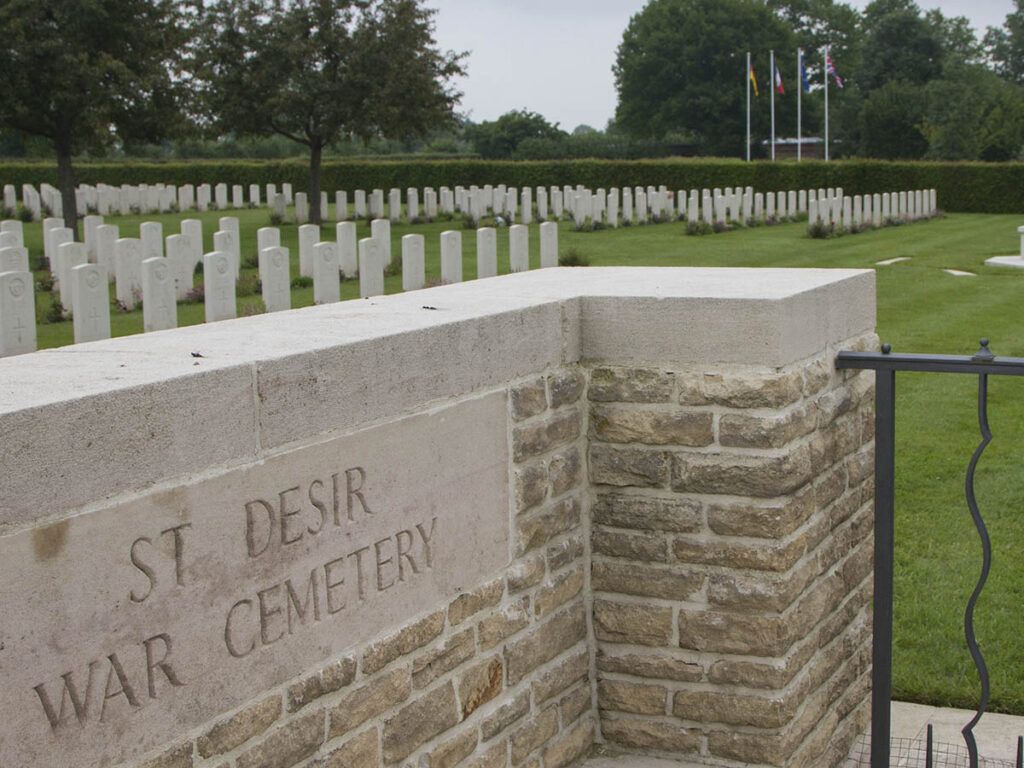
June 6th and surrounding dates may be busier due to D-Day commemoration events throughout Normandy. If you prefer a quieter experience, consider mid-week visits rather than weekends.
Spring brings beautiful wildflowers to the cemetery grounds, while autumn offers colorful foliage. The cemetery is particularly moving at sunset when the fading light creates a golden glow across the headstones.
Remember to check weather forecasts before visiting. Normandy can experience rain year-round, so bringing a light jacket is always wise.
Nearby Accommodations
Lisieux offers several comfortable lodging options within a short drive of St. Désir Cemetery. Hotel Saint-Louis in central Lisieux provides moderate pricing and convenient access to restaurants and shops.
For a more authentic experience, consider these countryside options:
- Ferme de la Ranconnière: Historic farmhouse B&B, 15-minute drive
- Château de Saint-Martin: Elegant manor house with gardens, 10-minute drive
- Les Tilleuls: Budget-friendly guesthouse with private parking
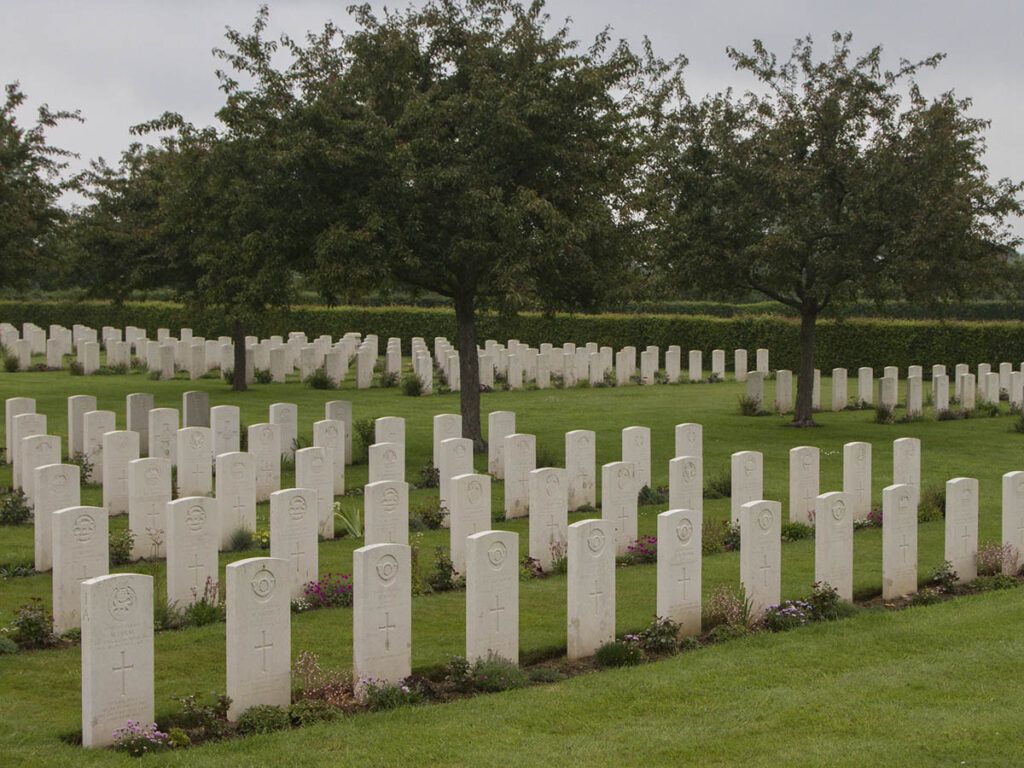
Camping is available seasonally at Camping du Colombier, about 5 km from the cemetery. They offer tent sites and rental cabins with basic amenities.
Recommended Hotels in Caen:
- Hôtel des Quatrans
- Best Western Plus Le Moderne
- Mercure Caen Centre Port de Plaisance
- Ibis Styles Caen Centre Gare
- Hôtel Restaurant Ivan Vautier
Most accommodations in this area fill quickly during summer and D-Day anniversaries, so booking 2-3 months in advance is recommended.
Tours
Several local guides specialize in Normandy battlefield tours that include St. Désir Cemetery. Normandy Battlefield Tours offers half-day excursions focused on the final phase of the Normandy campaign.
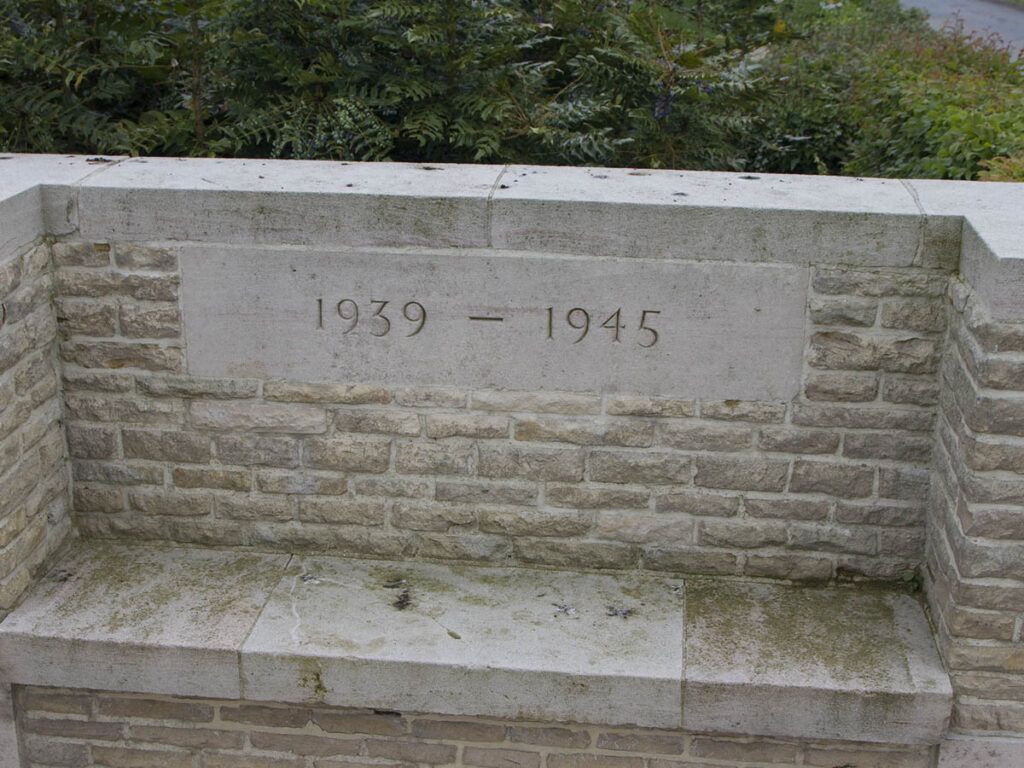
You can book private tours with local experts who provide in-depth historical context about the cemetery and its significance. Prices typically range from €60-100 per person depending on group size.
The Commonwealth War Graves Commission occasionally offers free guided walks with their staff. Check their website for scheduled dates during your visit.
Self-guided tours work well at St. Désir. The cemetery has informational panels explaining its history, and you can download the CWGC’s mobile app for additional details about specific graves and military units represented here.
Recommended D-Day Tours from Paris:
- From Paris: Normandy D-Day Beaches Day Trip
- From Paris: 2-Day Normandy & Brittany Tour
- Normandy American D-Day Experience (From Bayeux Station)
Recommended D-Day Tours from Bayeux:
- From Bayeux: American D-Day Sites in Normandy Full-Day Tour
- From Bayeux: American D-Day Sites in Normandy Half-Day Tour
- From Bayeux: Half-Day Normandy WWII Sidecar Tour
- Full-Day US Battlefields of Normandy Tour from Bayeux
Recommended Private D-Day Tours:
- From Paris: Normandy D-Day Landing Beaches Full-Day Tour
- From Rouen: Normandy D-Day Beaches Private Full-Day Tour
- Private Tour: Rouen, Bayeux, and Falaise Day Trip from Bayeux
- Normandy WWII Private Half-day Sidecar Tour From Bayeux
Recommended Band of Brothers Tours:
Consider combining your visit with nearby German cemetery at Saint-Désir-de-Lisieux for a more complete understanding of the conflict’s impact on all sides.
Nearby Attractions
While visiting St. Désir-de-Lisieux British War Cemetery, you’ll find many fascinating sites within easy reach. The Normandy region offers a blend of historical attractions, beautiful scenery, and cultural experiences that can enrich your visit.
Lisieux and its Surroundings
Lisieux itself is worth exploring during your cemetery visit. The city is famous for its Basilica of St. Thérèse, an impressive 20th-century church that draws pilgrims from around the world. You can stroll through the charming town center with its half-timbered buildings and pleasant cafés.
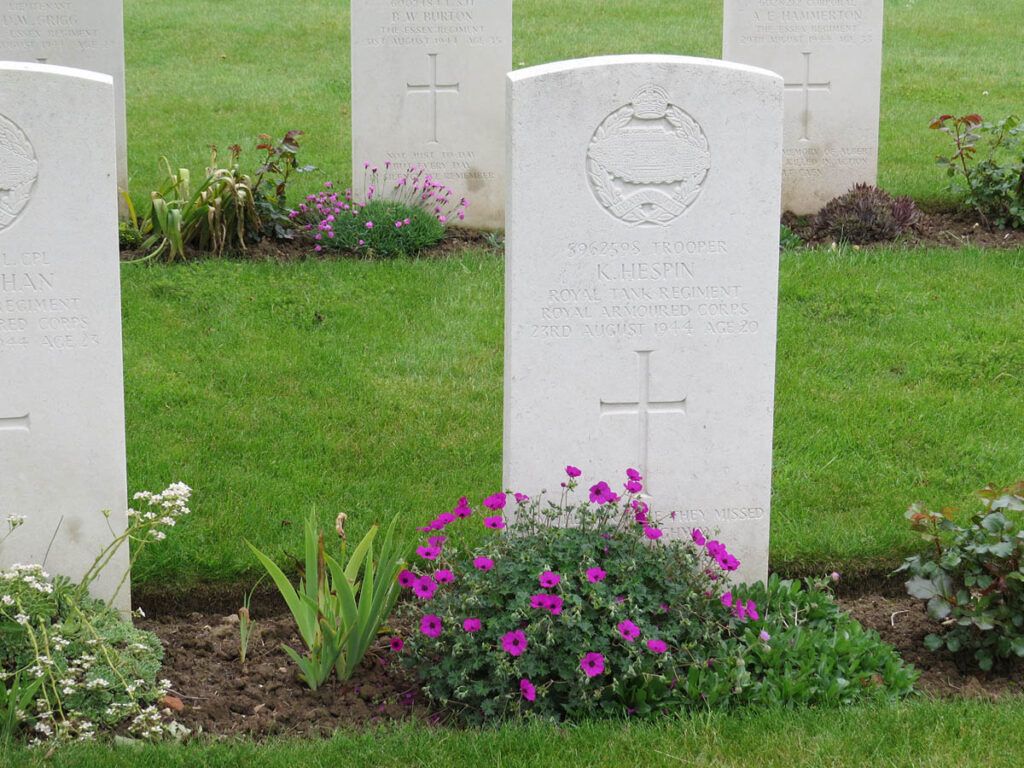
Just a short drive away, you’ll find the picturesque Normandy countryside with its apple orchards and dairy farms. The region is known for delicious cheeses like Camembert, Livarot, and Pont-l’Évêque. You might enjoy visiting local producers to sample these specialties.
For natural beauty, head to the Touques Valley with its gentle hills and peaceful scenery. It’s perfect for a relaxing drive after your cemetery visit.
Museums and Historical Sites
Normandy is rich in museums related to World War II. In Caen, about 45 minutes away, you’ll find the Memorial de Caen, an excellent museum covering the war and D-Day landings. The museum provides context to better understand the sacrifices commemorated at St. Désir.
Bayeux, about an hour’s drive, houses both the famous Bayeux Tapestry and the Battle of Normandy Museum. While there, you can also visit the Bayeux War Cemetery, the largest British cemetery from WWII in France.
For D-Day history, the beaches are about an hour north. Utah Beach Museum and the American Cemetery at Marigny offer powerful experiences that complement your visit to St. Désir-de-Lisieux.
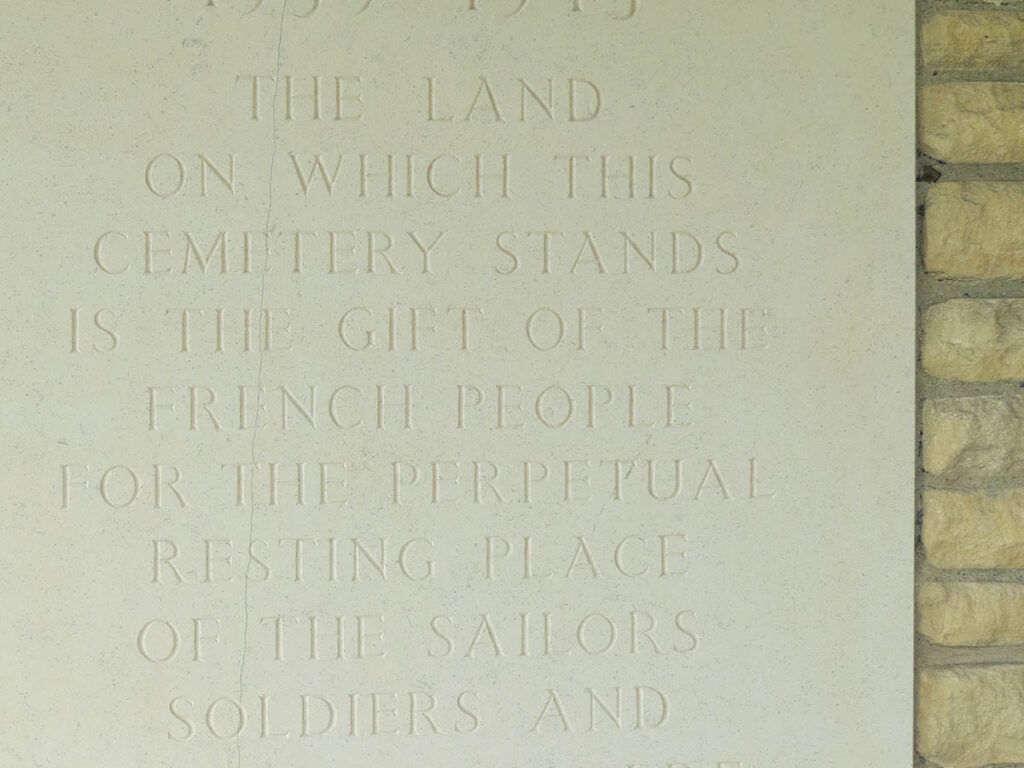
Why It’s Worth Visiting
St. Désir War Cemetery offers a powerful glimpse into the final stages of the Battle of Normandy. As the most easterly of the Normandy cemeteries, it serves as a solemn reminder of the Allied pursuit of German forces toward the Seine in August 1944.
You’ll find nearly 600 World War II burials here, with approximately 450 soldiers who fell during the fighting around the Falaise pocket. The cemetery also honors members of the 51st (Highland) Division, whose sacrifice helped secure the Allied victory in Normandy.
What makes this site especially meaningful is its peaceful setting away from the more crowded D-Day beaches. The meticulously maintained grounds provide a quiet place for reflection about the high cost of freedom.
Unlike the larger American cemeteries, St. Désir offers a more intimate experience. You can walk among the headstones and connect with individual stories of courage and sacrifice.
The cemetery also contains four burials from the First World War, adding another layer of historical significance to your visit.
When you’re in the area, you might combine your visit with nearby Lisieux, where you can explore a historic church dating back over 800 years with connections to St. Therese.

